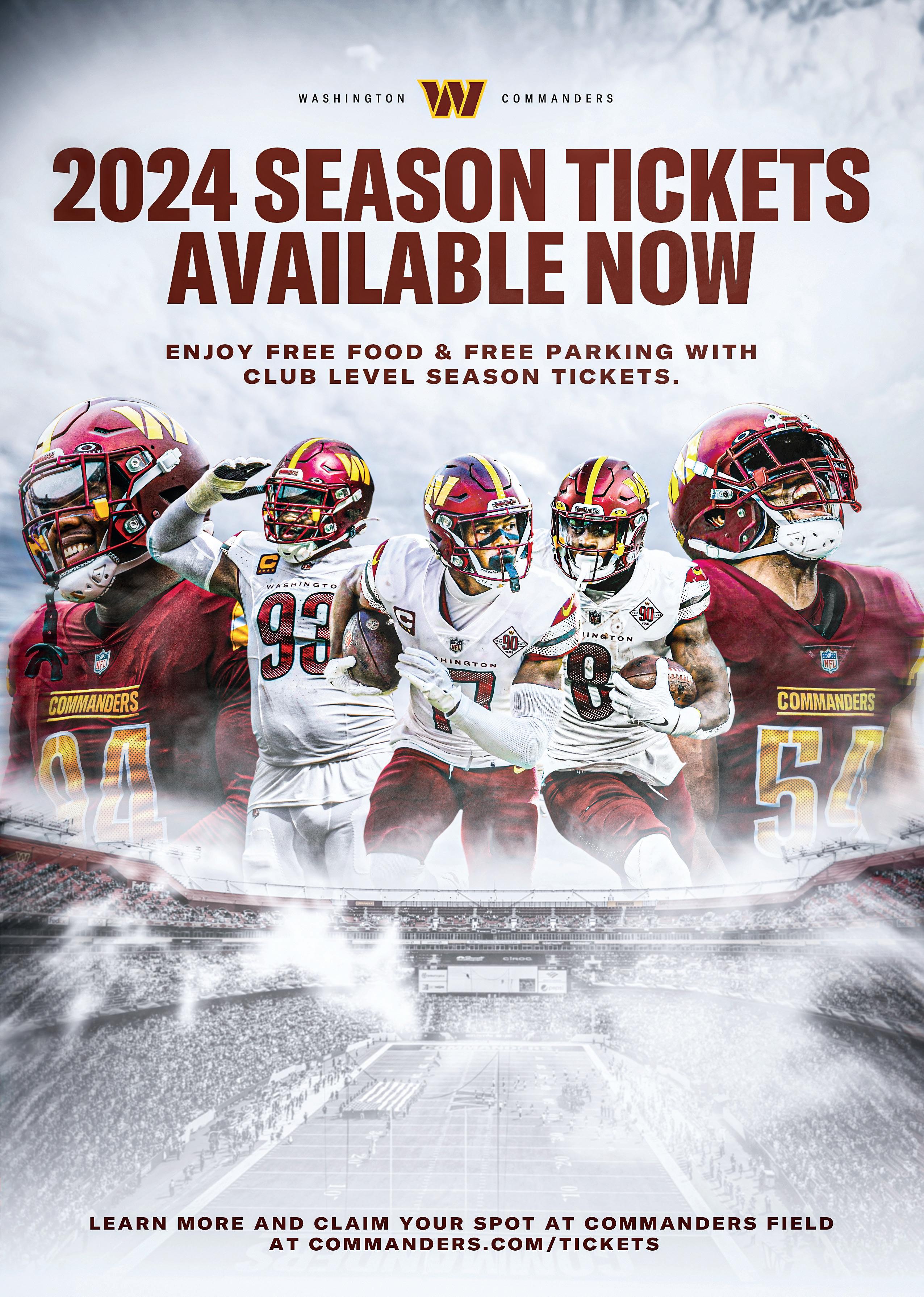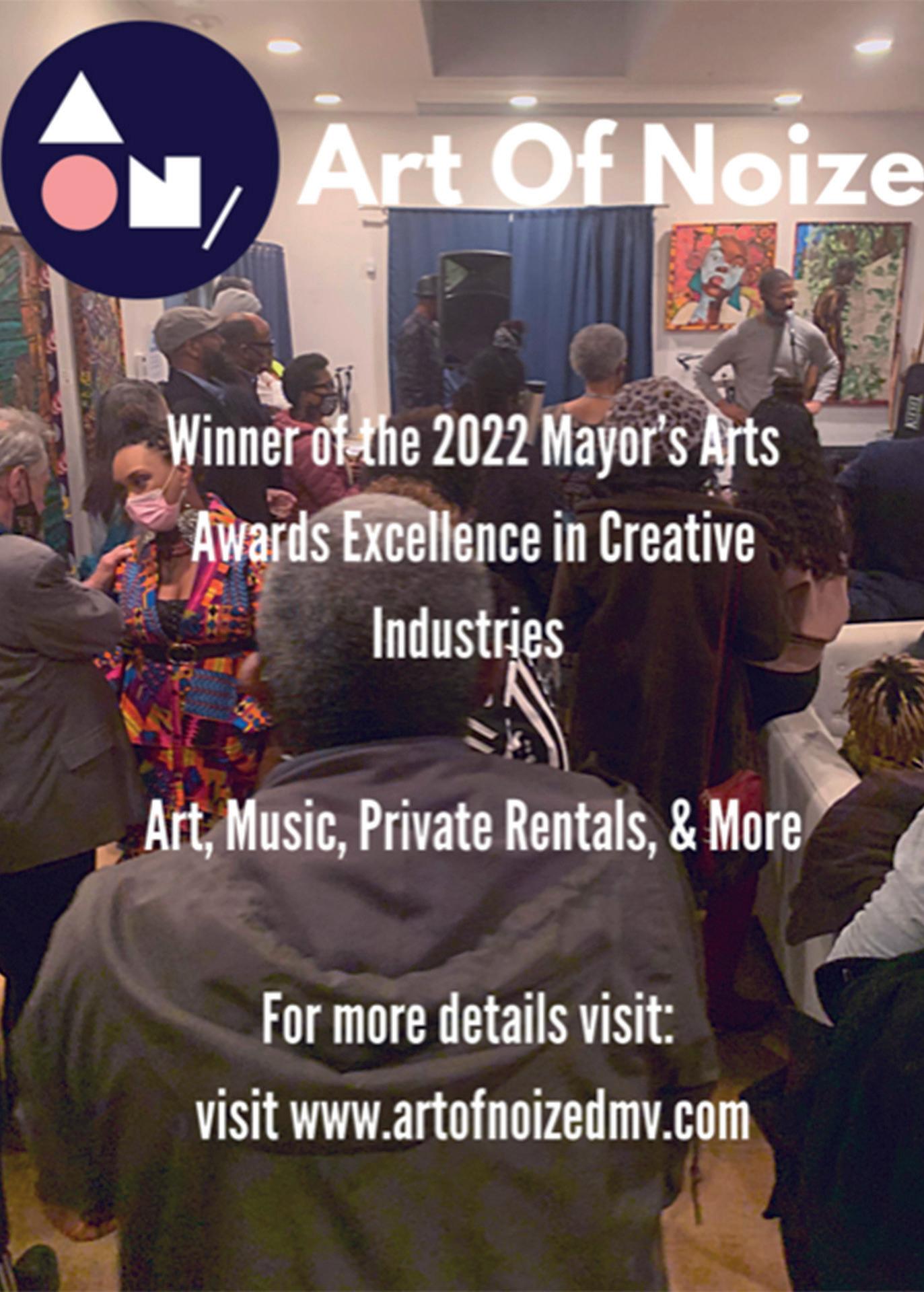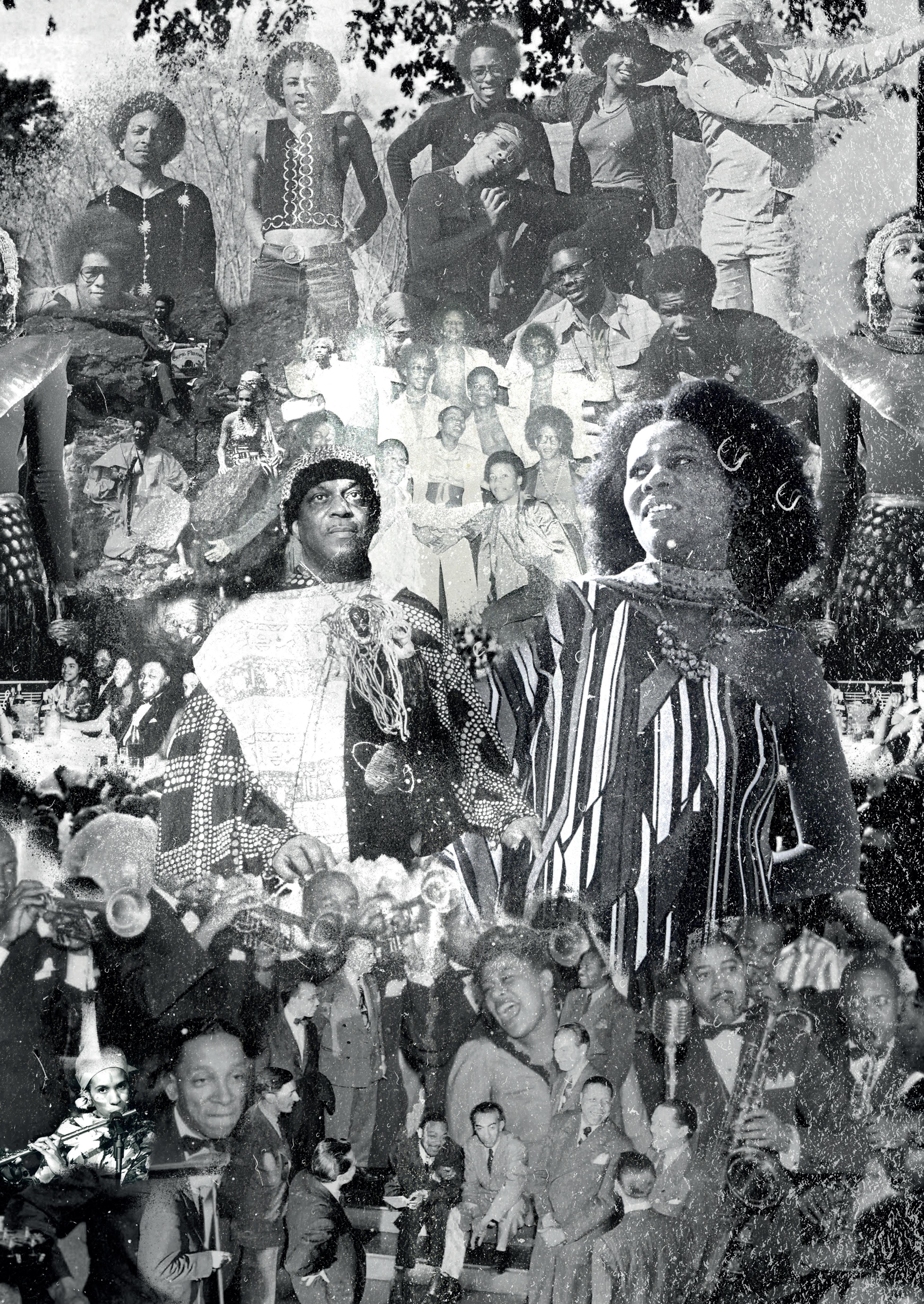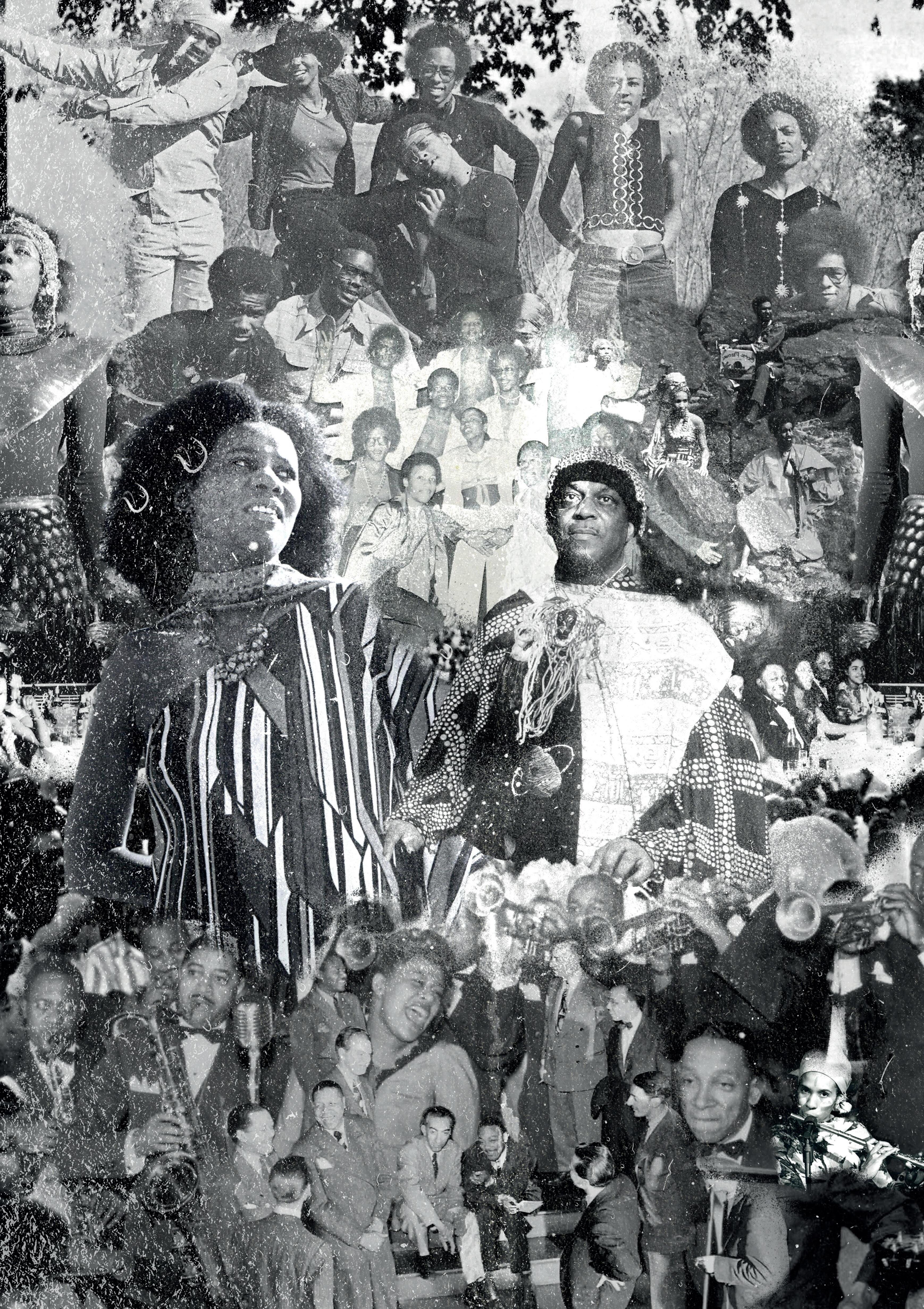HARMONIZING HISTORY: TWO DECADES OF THE DC JAZZ FESTIVAL
HOME RULE MUSIC FESTIVAL ENTERS YEAR THREE, AND IT‘S SET TO BE A CLASSIC





SOUND AWARENESS: LESSONS FROM THE PHILOSOPHY AND TEACHING OF BROTHER AH




















HARMONIZING HISTORY: TWO DECADES OF THE DC JAZZ FESTIVAL
HOME RULE MUSIC FESTIVAL ENTERS YEAR THREE, AND IT‘S SET TO BE A CLASSIC





SOUND AWARENESS: LESSONS FROM THE PHILOSOPHY AND TEACHING OF BROTHER AH




















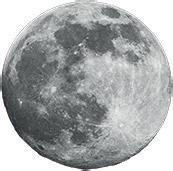
EDITOR-IN-CHIEF

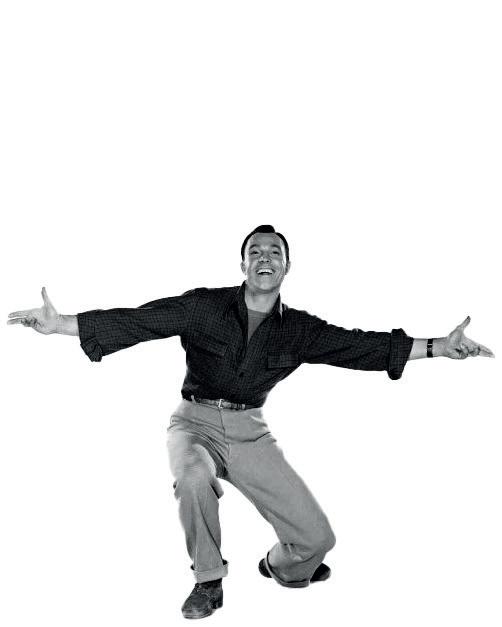
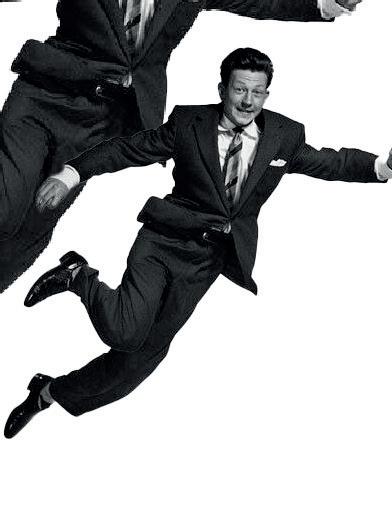

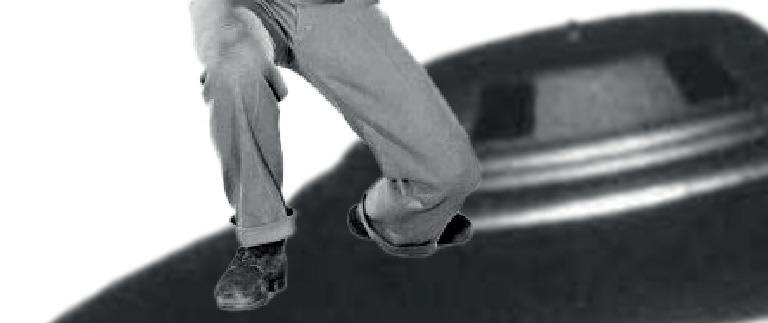

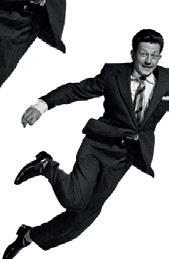




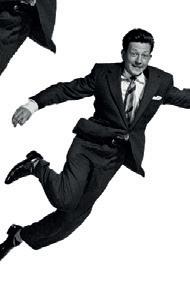

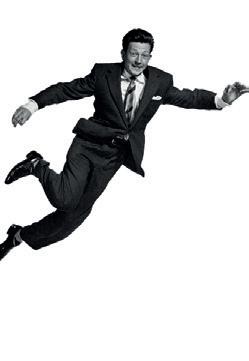








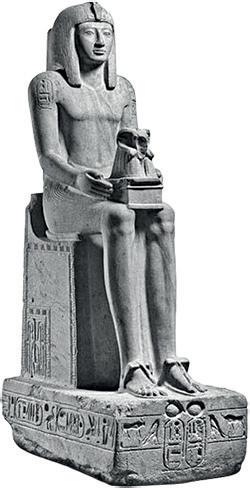
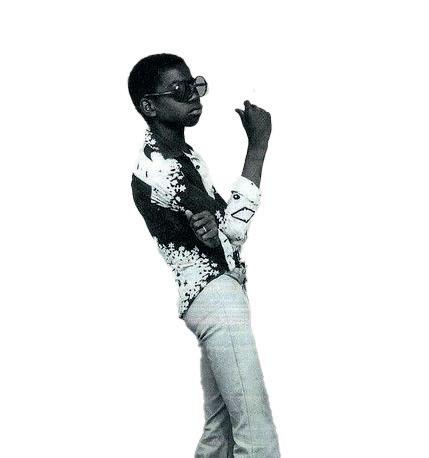
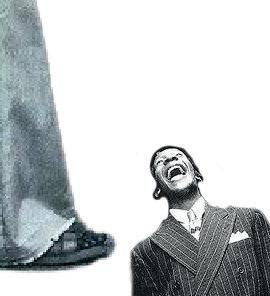
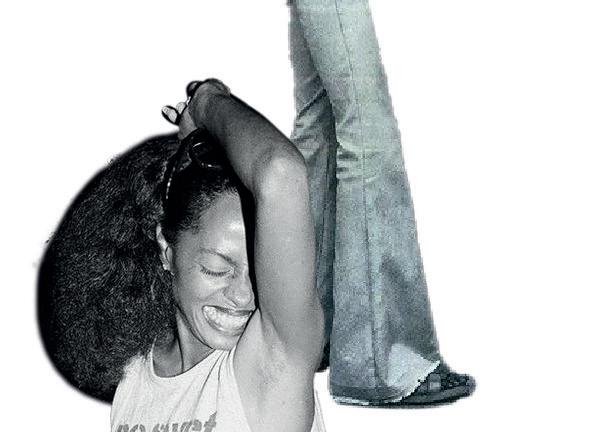

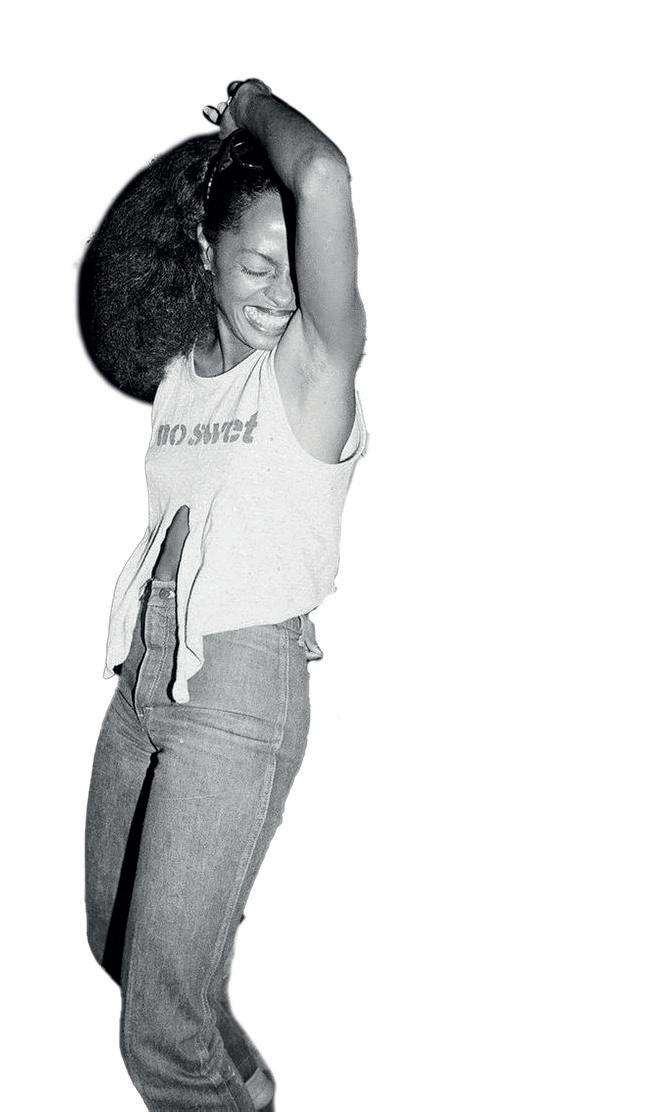

Early 20th-century Washington was flooded with jazz venues, round-the-clock jam sessions, after-hours dance parties, and finger-snapping rhythms produced by the likes of music giants Duke Ellington, Pearl Bailey, and John Coltrane. This era was marked by music, culture, art, film, and the makings of Black history. It is with this spirit in mind, the spirit of DC Renaissance, that Issue 3 of Home Rule Mag. Zine was created. In these pages, you will read stories that capture the essence of DC’s Black culture.
From the untold history of DC music legend Joe Tate to the grown and sexy go-go movement led by women groups like the iconic Be’la Dona band, every article narrates the District’s past and present. As a former writer of Home Rule Mag.Zine and local historian, it was a privilege to be asked to lead the publication as Editor-in-Chief for this issue. We worked diligently to expand the stories beyond what you will experience at this summer’s Home Rule Music Festival—although the festival events are a must-attend, and you can read a preview of the June and July events here, too—the stories curated by myself, and an amazing team of writers, are a showcase of the area’s cultural landscape. This issue proves that Black music, art, film, education, and business started here, and continues here. I hope that the stories on Howard University’s pioneering legacy, Brother Ah’s unique teachings and music concepts, the music history of the famed Carter Barron Amphitheatre, the DC Jazz Festival turning 20 years old, and a spotlight on the area’s thriving record stores will show off our creative scene, and inspire us all to make good music, use art to tell impactful stories, preserve and protect cultural landmarks, and keep the beat of the city playing for all to hear.
Briana Thomas
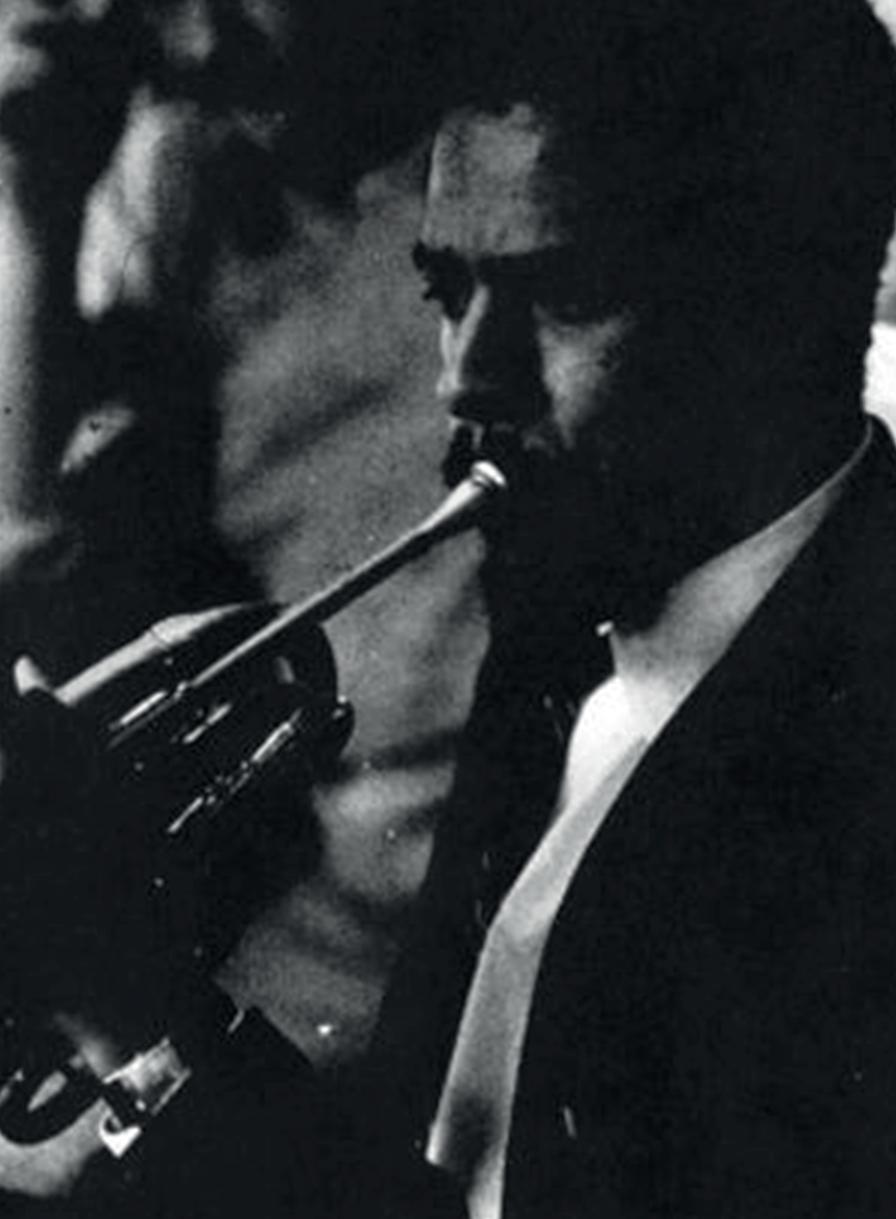
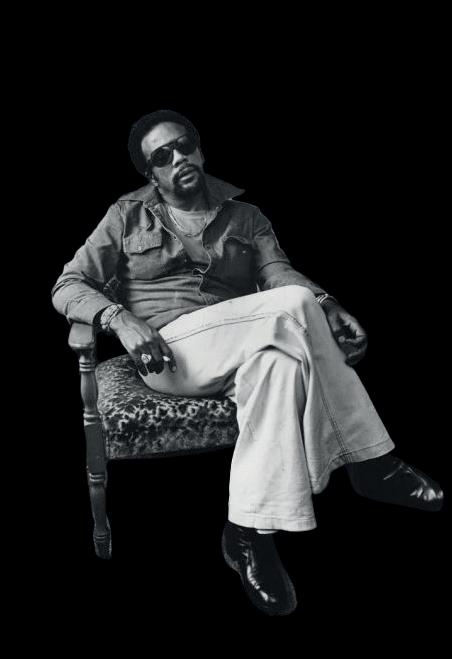

Friday 6/21
The Jogo Project
Vanessa Rubin
The New Doug Carn Sextet

Saturday 6/22
Malcolm X Drummers & Dancers
DuPont Brass Band
Idriss Ackamoor & The Pyramids
Gary Bartz
Black Alley
Rare Essence
Saturday 7/21
The Experience Band & Show
Be’la Dona
Soul of Seed
Loop Sessions
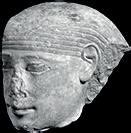
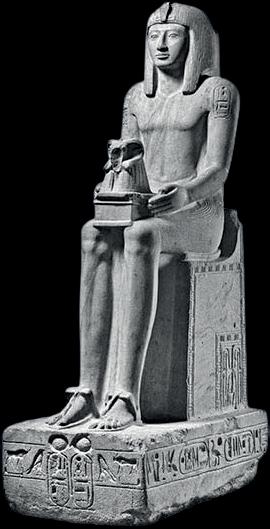





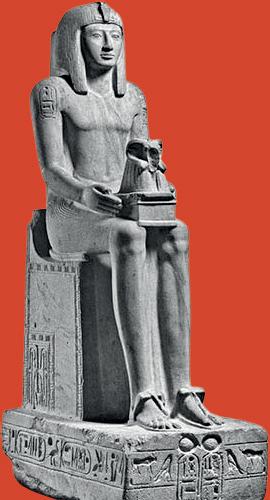

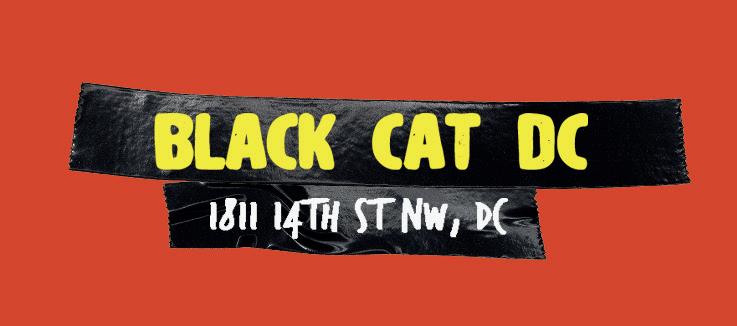


By Leon Spinner
THE HOME RULE MUSIC FESTIVAL RETURNS TO DC THIS SUMMER FOR ITS THIRD ANNUAL MUSIC SHOWCASE.
The festival — which started in 2021 — focuses on diversity in homegrown music with an emphasis on jazz, funk, and go-go, and has some great additions and returning favorites. The 2024 Home Rule Music Festival (HR Festival) spans four days, four locations, two parks, two classic music venues, and countless top names in jazz, go-go, and funk across two quadrants. This summer’s festival boasts an impressive total of three days of live music featuring an opening concert on June 21 at Black Cat, and outdoor festivals on June 22 at Parks at Walter Reed and at Alethia Tanner Park on July 20. According to Home Rule Records and Festival frontman and owner Charvis Campbell, this expansion was “really about spreading the love [of music] all across this beautiful city” as far as possible in the festival’s third year.
The festival is already underway after the official launch party on February 23 at Songbyrd DC, with performances by festival ambassador Plunky and the Oneness of Juju, and Baltimore native and up-and-coming trumpet star Brandon Woody along with his group, Brandon Woody’s Upendo. Still to come for the festival are performances from go-go royalty and a few jazz legends. The legendary composer, organist, and pianist Doug Carn returns to the HR Festival for the third year. Carn will be accompanied by special guest vocalist Vanessa Rubin in this year’s set. Elijah Balbed’s The JoGo Project will accompany Carn at the Black Cat. The JoGo Project turns ten years old this year, and Elijah Balbed—the group’s founder and leading man—is excited to adorn the stage with fellow bandmates on one of DC’s coolest stages during this year’s Home Rule Music Festival. Balbed—a local native—created JoGo in May 2014 after completing a residency at The Music Center at Strathmore in Bethesda, MD. He says the idea was to blend his influences from jazz and his influences from go-go to create his “own sound and lane” within both genres. When speaking about playing in front of his hometown fans, Balbed says, “We just know that we don’t have to twist people’s arm to be a part of the music,” explaining his excitement whenever his band gets to jam with District residents.
“Those from DC and who have been here long enough know that you don’t just listen to go-go music,” he continues. “You don’t go to a go-go and just stand around. The audience is a part of the music. I learned that from performing with [the Godfather of gogo] the great Chuck Brown.” Fans can expect a rockin’ show with Balbed, the JoGo Project, and Carn featuring Vanessa Rubin at the Black Cat on June 21. The festival returns to its origins at the Parks at Walter Reed to showcase the festival’s main events. This year’s lineup headlines stellar musicians like Idris Ackamoor & The Pyramids, Gary Bartz, and legendary go-go pioneers Rare Essence.
Rare Essence is one of the most decorated go-go groups of all time and a symbolic forefather to the genre. Some of the band’s popular songs are the 2004 cover of Ashlee Simpson’s “Pieces of Me” and the 2021 hit “Hit the Floor,” featuring Snoop Dogg. Idris Ackamoor and The Pyramids are trailblazers of independent, free-expression, Black jazz music with mythical bodies of music from the ‘70s like Lalibela and King of Kings, which were released on Ackamoor’s imprint, Pyramid Records, and recently properly reissued by Strut Records. The group’s reunion was somewhat unexpected but necessary for the state of Black music. Their records are “artifacts” as former editor of Home Rule Zine, Jackson Sinnenberg penned. Some of the most sought-after LPs in the vinyl space, and the music from that era is nearly unmatched in its tone and approach to Black social, political, and spiritual matters of the day. Sinnenberg elaborates on how the group’s “experiences helped indirectly and directly shape the sound and direction of The Pyramids” while highlighting the core group’s pilgrimage to Africa and how the stops in Ghana, Kenya, and Ethiopia went into creating the music that is now so coveted by the Black vinyl col-
lecting community. Gary Bartz, two-time grammy-award winning alto-saxophone titan will hit the stage at the Parks at Walter Reed this summer. Bartz, like Ackamoor, has deep roots in free, expressive music from yesteryear, playing on records with the late great spiritual jazz virtuoso Pharoah Sanders. A certified living legend, Bartz has played alongside some of the genre’s biggest names, like Miles Davis and Jackie McLean, while sharing space with some of the genre’s most influential independent labels and artists. Bartz has worked with artists like the great Charles Tolliver of Strata-East Records and Malachi Thompson. Bartz classics include I’ve Known Rivers And Other Bodies (released on Prestige, 1973), JuJu Man (Catalyst Records, 1976), and Music is My Sanctuary (Capitol Records, 1977). The Baltimore native will be close to home, performing at the Parks at Walter Reed and playing a mixture of his classics and contemporary works. Bartz and Ackamoor will share the stage with DC’s go-go-rock fusion band Black Alley, and the DuPont Brass Band for the opening day of celebration. Attendees can expect to see performances by the magnificent Malcolm X Park Drummers and Dancers as well on the opening day of the festival.
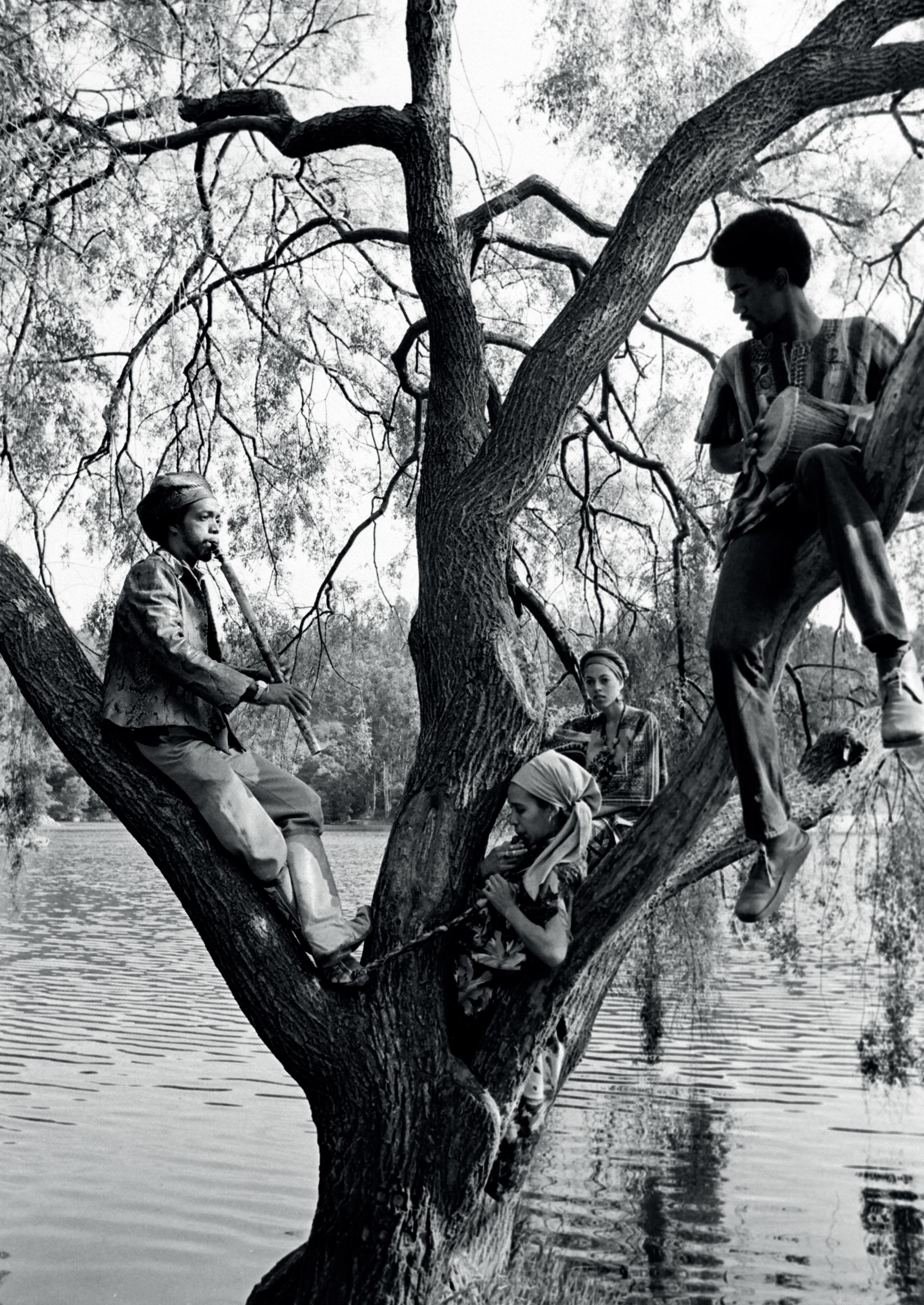
The festival’s grand finale is on July 20 at the scenic Alethia Tanner Park in Northeast DC. The festival concludes its multi-day journey just as any DC festival should end, with more local funk, go-go beats, and dancing. The Northeast jam session features the impressive instruments of DC’s The Experience Band. Their blend of funk, soul, and jazz makes for a good time wherever they travel. They’ll be accompanied by the gifted and stylish, women’s go-go group Be’la Dona Band. Be’la Dona mixes a variety of genres to provide a unique take on DC’s official music. This festival is sure to be memorable. In addition to the live music, attendees can browse the record fair at Walter
Leon Spinner is a writer and digital content producer, and native Washingtonian. He graduated with a B.A. in Political Science from Virginia Wesleyan University. Leon produces and hosts a podcast The Record Spinner Podcast which explores Afro-American jazz, soul, and hip-hop music as it relates to Black liberation and politics.
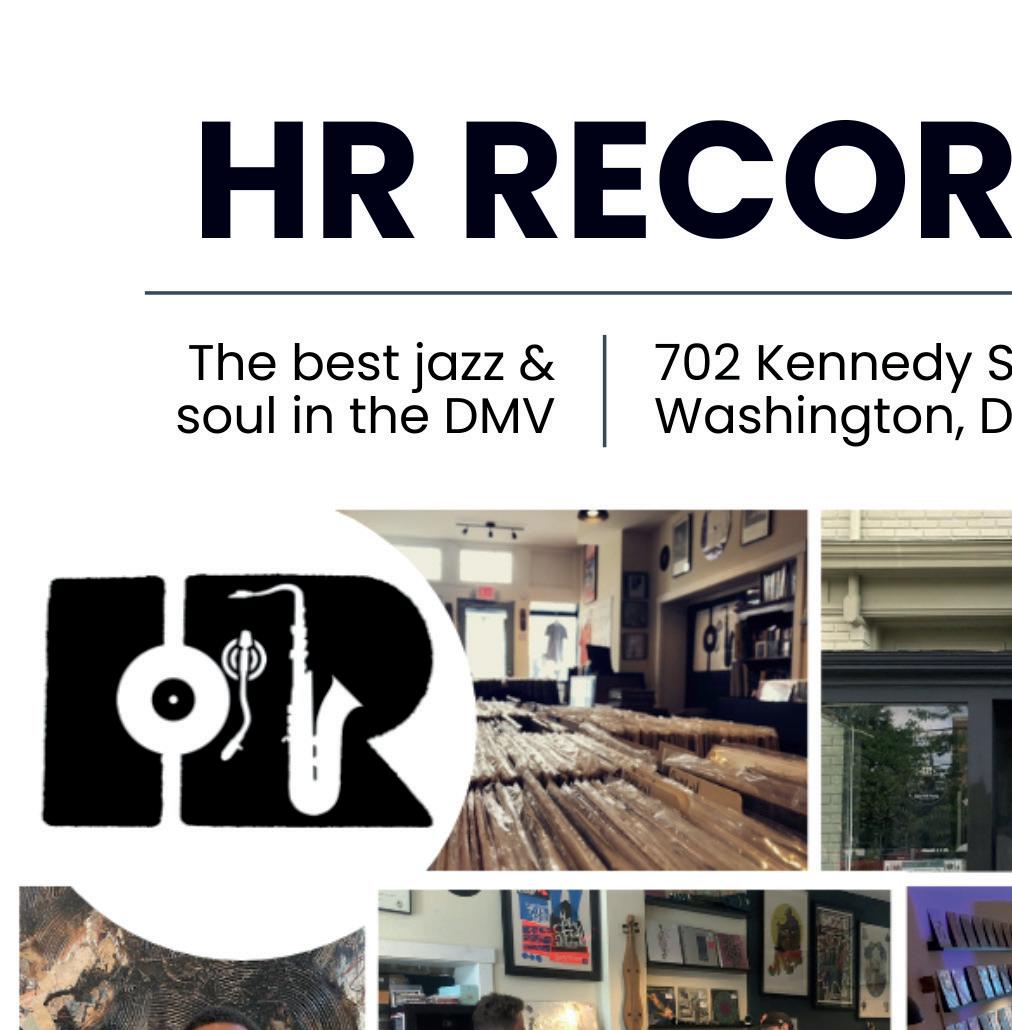


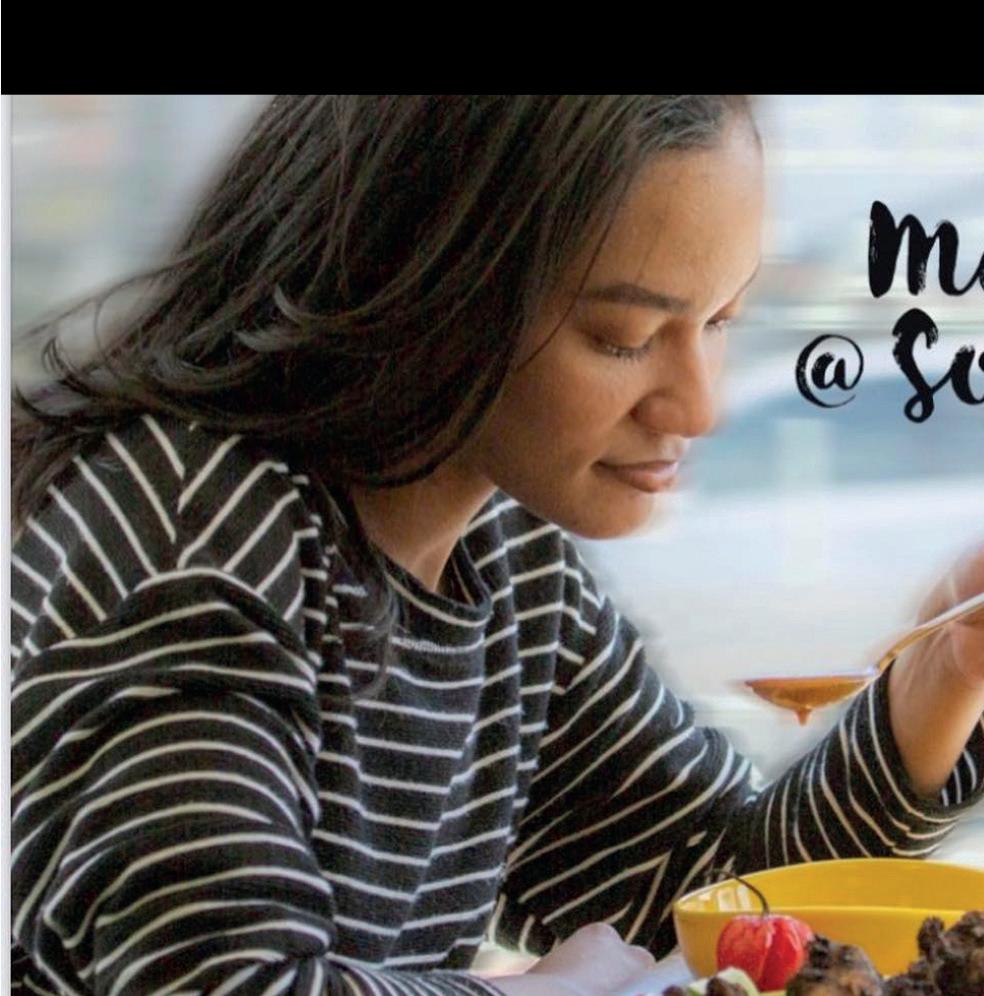


By: Chip Py
AT APRIL’S FIRST QUEENS OF CRANK AWARDS HELD AT THE PRESTIGIOUS DOWNTOWN VENUE, THE CARLYLE ROOM, NO ONE WAS SURPRISED THAT MOST OF THE AWARDS WENT TO BOTH PAST AND PRESENT BAND MEMBERS OF THE BAND BE’LA DONA.
The women’s go-go band has been blazing the stages of DC gogo spots and stages all over the country since its inception in 2008. The first ladies of go-go Be’la Dona will perform at this summer’s Home Rule Music Festival.
“We were able to expand this year’s festival to what we are describing as a second festival on July 20 at Alethia Tanner Park in Eckington. Go-go shares the DC love the way we do,” says Charvis Campbell, Executive Director of The Home Rule Music Festival.
“Women have a long history in go-go and The ladies of Be’la Dona exemplify that—and oh yeah they crank up a party!”
Dona is a regularly featured band on the Capital Jazz and Tom Joyner cruises. As the “house band” for Spinderella’s Black Girl Rock Tour Be’la Dona has played all over the country performing with MC Lyte, Elle Varner, Erykah Badu, Estelle, Avery Sunshine, and Melanie Fiona.
Like several bands in go-go Be’la Dona primarily performs grown and sexy go-go versions of the latest in R&B and hip-hop hits; they often bring down the house with their version of Rare Essence’s old-school classic “Lock It.” While the band has a long history itself the musicians in the band are some of the veterans of the go-go scene.
Since the group formed 17 years ago, Be’la Dona has maintained its presence as one of the top five bands that play DC’s go-go circuit three to five nights a week. For nearly 10 years, Be’la Dona performed Thursday nights at the now-shuttered venues La Fontaine Bleue in New Carrollton and Half Note Lounge in Glen Burnie, often filling each of these rooms to capacity. But the local go-go scene is not the only place where Be’la Dona performs. Be’la
The band’s leader and founder ‘Sweet’ Cherie Mitchel-Augers, founded Be’la Dona in 2008. A classically trained pianist, Mitchell-Auger attended DC’s Duke Ellington School of the Performing Arts. She went on to graduate from Howard University cum laude with a bachelor’s degree in music. She has perfect pitch.
It was while she was studying at Howard University that she began playing keys in Miesha Rashad’s band, Miesha and The Hip Huggers, which covered ‘70s soul hits playing to a mature crowd in upscale venues. Shortly after Mitchell-Augers joined the band famed go-go drummer ‘JuJu’ House, Gregory ‘Sugar Bear’ Elliot, and ‘Mighty Moe’ Hagans— all members of Experience Unlimited who had recently returned from a world tour promoting their number one record “Da Butt”—joined the band.
The band soon added the go-go beat covering soul hits which became known as the grown and sexy subgenre of go-go. Miesha and The Hip Huggers became one of the top go-go bands of the ‘90s playing more than ten gigs a week. Other bands soon adopted the grown and sexy style of playing cover songs over the go-go beat, making it one of go-go’s most popular genres for years to come. In the years since then, Mitchell-Augers went on to play and perform with Experience Unlimited and Chuck Brown. Cherie has toured the world with bands Pieces of a Dream and Nile Roger’s and Chic.
I never knew music was my calling, but it kept calling me,” says Claudia ‘Kool Keys’ Rogers, Be’la Dona’s longtime keyboard player. She began playing music as a child, beginning her training in classical music at four years old and playing in her church throughout her childhood.
music, it’s beneficial to hear music and be able to play it.” In her teen years, she worked with Mayor Marion Barry’s Summer Youth and Leadership Program rehearsing and performing on the famed Showmobile. “It was there I met go-go musician Roy Battle [of Rare Essence] and engineer Harold Hall who were instrumental in hooking me up with Charlie Fenick’s band Pleasure—DC’s first women’s go-go band in 1989. It was during her tenure with Pleasure that she caught the attention of hip-hop music producer for iconic rap duo Salt-N-Pepa, Hurby “‘Luv Bug’ Azor. Rogers and Pleasure guitarist—later Be’la Dona guitarist—Genevieve ‘Genny Jam’ Cruz went on to tour the world with Salt-N-Pepa.
“In late 2010 I got a call to do a few substitute gigs for Be’la Dona. The moment I stepped on stage with Be’la Dona to perform I knew that I was with the best band I had ever played with, so I have stuck around for the last fourteen years,” Rogers says. Be’la Dona lead talker Karis Hill says she has spent her entire life on stage. Hill—known by her fans as Ms. Karis—joined Klyxx Band in the early ‘90s at 17 years old. The Klyxx Band women’s go-go group was managed by vocalist Miss Mack, who seven years prior founded and managed “Rare Essence”. According to Hill, Miss Mack had a stern reputation in the male-dominated music business. “Miss Mack was a timekeeper and a gatekeeper” Hill explains. “Anyone who was more than five minutes late got docked $50.”
As a teenager, Rogers was inspired by the songs of popular musicians she heard on the radio like Stevie Wonder, Phyllis Hyman, and Prince. She noticed that she had a gift for playing music based on what she could hear. “Developing this technique helped me out later in life as a performing musician because while it’s good to read
Klyxx Band joined the go-go circuit as openers for Rare Essence. who at the time were playing 7 to 10 gigs a week. It was at one of these gigs Rare Essence members Jas Funk and Little Benny spoke to Hill about taking on the role of lead talker in Klyxx. After
overhearing the conversation, Miss Mack promoted Hill to the position. The role of the lead talker in a go-go band engages the audience and then directs the band to play to the audience’s preferences. When Klyxx left the scene after three years Hill remained strong in the go-go scene performing in bands Soul Patrol, Honey Brown, 4YP, and Lady Rhythm before becoming one of the founding members of Be’la Dona.
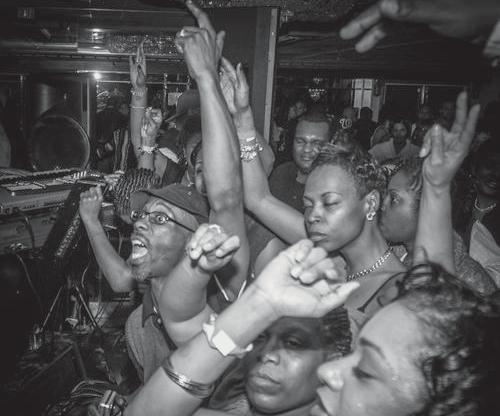
After working together in the band Lady Rhythm, Sweet Cherie, Ms. Karis, Genny Jam, Shannon Browne, and singer Sharly Mc-
Queen teamed up to form Be’la Dona. Be’la Dona’s current lineup includes Chela Davis on vocals, Ms. Karis, lead talker and percussion, Claudia ‘Kool Keys’ Rogers on keys, ‘Sweet Cherie’ Mitchell-Auger on keys and vocals, Tempest ‘Storm’ Thomas on bass, Shannon Browne on drums, Nartasha ‘Boogie’ Proctor on Congas, and Alena Ciera on guitar. Be’la Dona will crank the stage at Alethia Tanner Park on July 20 as part of the Home Rule Music Festival. Bring your blankets, folding chairs, sunscreen, and dancing shoes.
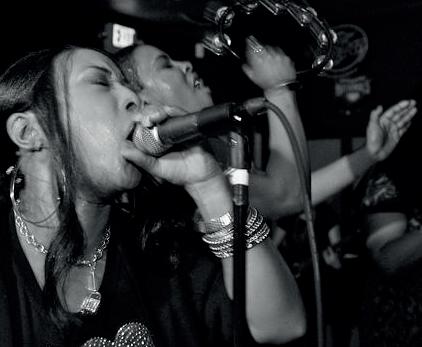
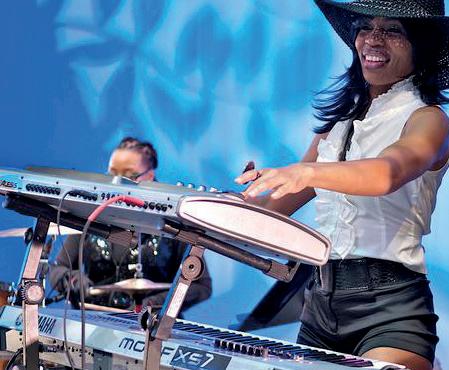
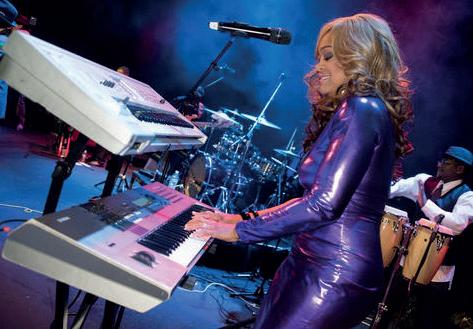
Py began photographing the DC go-go scene in 2009. Photographing all the go-go bands and legends for the next ten years including, Godfather of go-go Chuck Brown. The DC Public Library acquired Py’s entire catalog of go-go pictures for archival history. Four of Py’s images are on permanent display on the library’s 4th floor Go-Go Exhibit. Py’s book DC Go-Go: Ten Years Backstage was published by The History Press in 2022.
By: Abram Mamet
IN 2017, BROTHER AH—BORN AS ROBERT NORTHERN—, TOLD THE WASHINGTON POST’S CHRIS RICHARDS: “EVERY ENTITY ON EARTH IS COMMUNICATING THROUGH SOUND. EVERY ANIMAL, EVERY BIRD, EVERY INSECT. AND IF WE HEAR IT, WE CAN BE A PART OF IT.”

BORN IN KINSTON, N.C., ON MAY 21, 1934, NORTHERN WOULD GO ON TO LEAVE AN INDELIBLE MARK ON THE MUSIC WORLD. FIRST, AS A FRENCH HORN PLAYER, NORTHERN BROKE BARRIERS IN THE CLASSICAL WORLD, BECOMING THE FIRST BLACK MUSICIAN IN BOTH THE METROPOLITAN OPERA ORCHESTRA AND THE RADIO CITY MUSIC HALL ORCHESTRA. NORTHERN ALSO PUSHED MUSICAL BOUNDARIES AS THE SUN RA ARKESTRA’S FIRST FRENCH HORN PLAYER—A CHAIR HE WOULD HOLD FOR NEARLY A DECADE.
THROUGH THOSE FOUNDATIONAL EXPERIENCES NORTHERN—WHO ADOPTED THE NAME BROTHER AH IN THE EARLY ‘70S AS HIS STINT IN THE ARKESTRA WAS ENDING—DEVELOPED A CONCEPT OF SOUND AWARENESS, AN OVERARCHING PHILOSOPHY OF BEING WITH MUSIC AT THE CENTER OF AN EXPANDED CONSCIOUSNESS.
SOUND AWARENESS WOULD PERCOLATE JUST AT THE TIME WHEN BROTHER AH WAS MAKING PERHAPS HIS MOST EXPANSIVE MARK ON THE WORLD, THIS TIME AS AN EDUCATOR, BOTH AT THE UNIVERSITY LEVEL AT DARTMOUTH AND BROWN, AND AT THE LOCAL LEVEL AS A DEVOTED EDUCATOR IN HIS LATTER-DAY HOME BASE OF WASHINGTON, D.C., WHERE HE RELOCATED TO IN 1986, AND REMAINED UNTIL HIS PASSING ON MAY 31, 2020.
Brother Ah himself rarely spoke explicitly about Sound Awareness, though it was a philosophy that infused nearly every fiber of his earthly activity, particularly his teaching. As he told Rusty Hassan and Willard Jenkins in 2018 for their blog Open Sky Jazz, this teaching was always reciprocal. The children heard “the buses and the horns, they heard birds, they heard all these different natural sounds. They heard insects, I mean they were opening up my ears... These little children are connected. And I have had the experience of guiding them, putting a form and structure to what they’re doing and making full compositions.” Thomas Stanley, who in the early
‘70s was one of Brother Ah’s students at Brown University in Providence, Rhode Island, says that Brother Ah approached “a philosophy of sound that wasn’t just about receiving sound and wasn’t about generating sound, but it was always about appreciating that you are at all times and in all places surrounded by vibratory forces that are impacting your destiny, your thoughts, your feelings, your moods, your physiology.” While there are obvious echoes of other more academicized frameworks for this type of thinking – from the likes of composers Pauline Oliveros, John Cage, Philip Glass, and others – it seems that Brother Ah’s Sound Awareness is more wide-ranging and necessarily far less precise. “He always wanted you to understand that what you were doing was something sacred and something that none of us completely understood,” says percussionist, teacher, and sound healer Jabari Exum, whom Brother Ah taught and collaborated with beginning when Exum was two years old, in 1984. By the time Exum was seven years old, Brother Ah was bringing him into the fold as a gigging musician. “He put me on a percussion kit and just said, ‘Listen.’ On a real gig! On a real gig, Brother Ah was not telling me what to do – like, I could

Credit: www.manufacturedrecordings.com
have messed up his gig! But no, I guess he did it because I was just playing and listening to the music.”
Sound Awareness is not simply a deep meditation on a bird chirping or a waterfall churning. While those are obvious top-layer sounds, it seems that the deeper motive for Sound Awareness is a unification of all components of existence to recognize beauty and interconnectedness, with music and the capacity to be beauty at the center. Learning from Brother Ah was “open-ended and deep,” says Stanley. “He was doing interdisciplinary before that was even a thing. And it was just this comprehensive look at Black diasporic culture, with music at the center. But every other thread on social life, spiritual life, political life, all of that figuring into how he taught his class: it was spellbinding.” With the same force that it can expand outward horizons, it can broaden internal understandings of self as well. There is a “level of propelling involuntary motion” through sound, says Exum, who is now charting a new course in sound healing after years as a pioneering percussionist. “That’s my
new thing: how do we use music to increase your body’s natural involuntary functions? It makes you sleep better – involuntary. It makes you take deeper breaths – involuntary. It can make you think and feel – involuntary.”
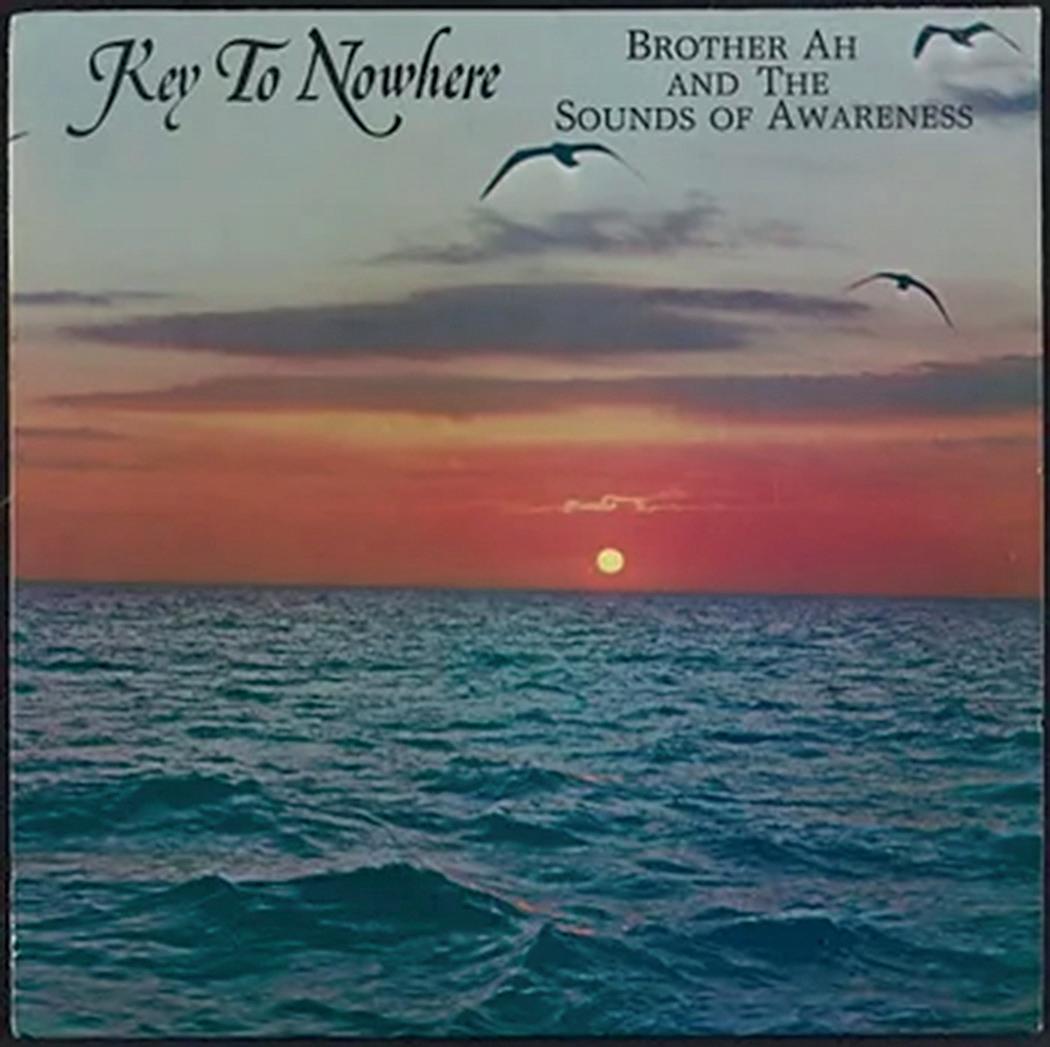
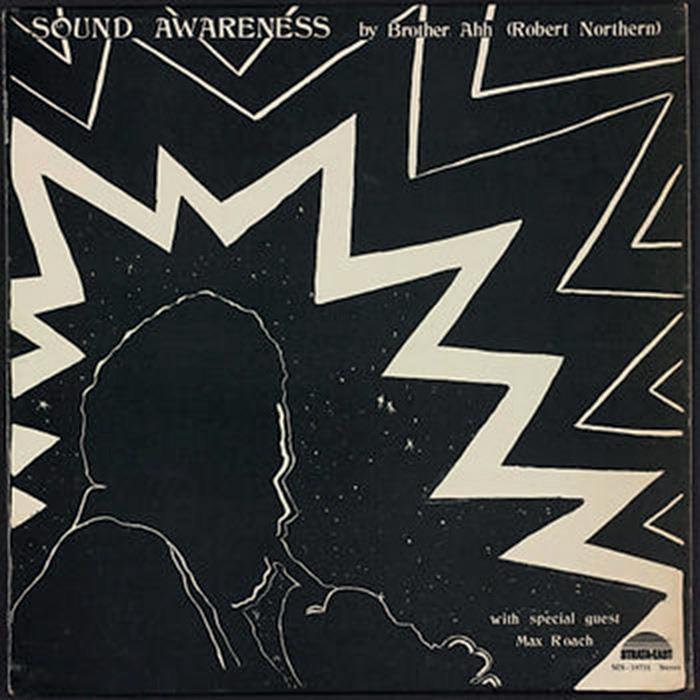
Both Stanley and Exum are now invaluable educators and music-makers in their own right and carry forward the spirit that Brother Ah helped carry to them. “The way that I teach now is I teach people not to make them performers per se, but to make them be able to play their instrument as well as they can, as long as here with the other noisy things and listening. So I try to push for my students as listeners to take all of the environmental sounds that the daily movements of life will drag you through – to take it all as an opportunity for aesthetic enrichment. “It’s all music if you know how to hear it properly. Every horn honk, the sound of car tires on asphalt…. There’s just so much that is happening sonically all the time,” Stanley explains. “And if you’re tuned into it, you can within your head create beautiful music with it. “Well, maybe that’s a crazy way to live, but it’s a rich way to live.”
they can,” says Exum. “I always try to find a way to bring people into the esoteric, the fact that we’re all still reaching for an understanding of what is happening here.” Stanley says that his teaching to his students is not necessarily “a direct application of something that Brother Ah told us, but it’s my translation of his effect on me.”
Stanley says “I emphasize to my students that they have to be aware of life beyond people. They have to be aware that they’re in a place where there are lots of things going on–it’s an animated world. Your place within it is not guaranteed, and it’s not a superior position that you may think it is. You’re better off just getting down
Brother Ah’s music as a bandleader can be heard on a string of impactful LPs: one on New York’s vaunted Strata-East label; two more on his own Divine Music label; and a three-LP archival reissue from Manufactured Recordings that served to unearth a trove of Brother Ah’s unreleased material.
Abram Mamet is a musician, writer, and editor based in Mt. Rainier, Maryland. His work focuses on people, cities, and communities. He covers several topics under this umbrella, including incarceration, housing, and the music scene.
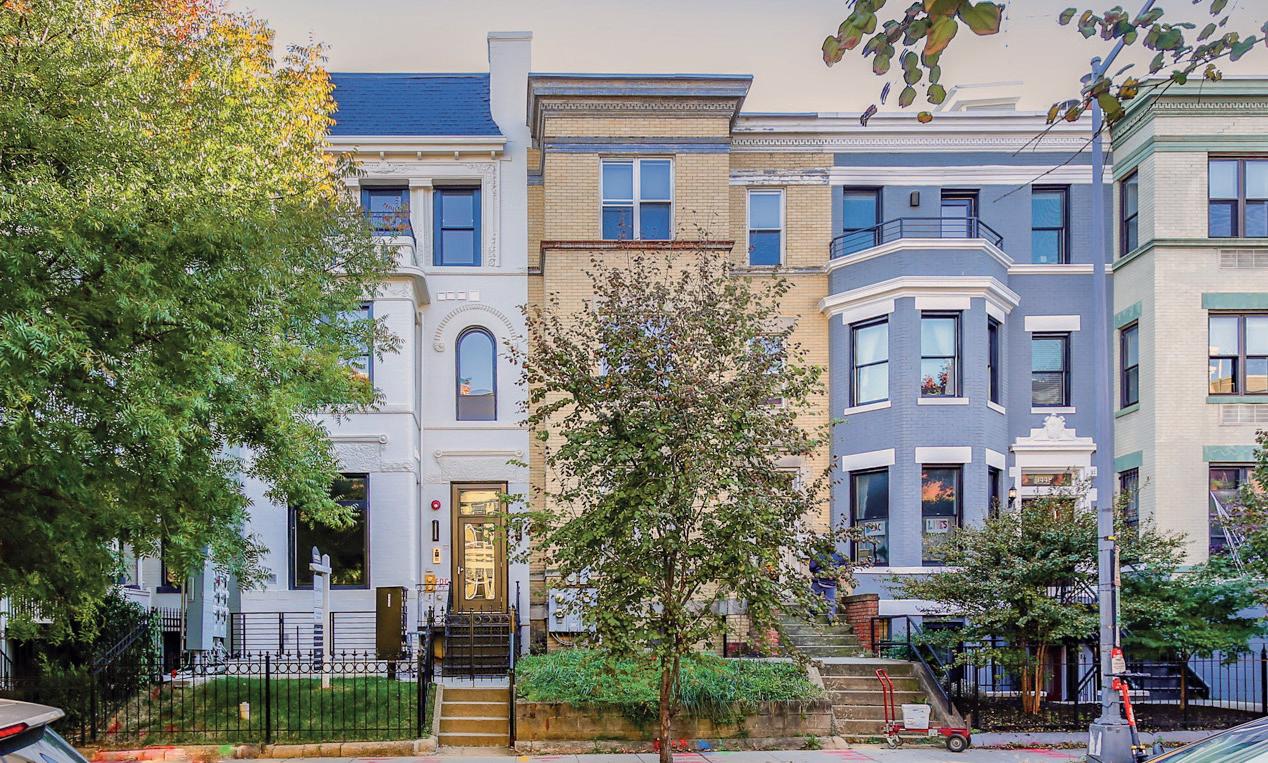
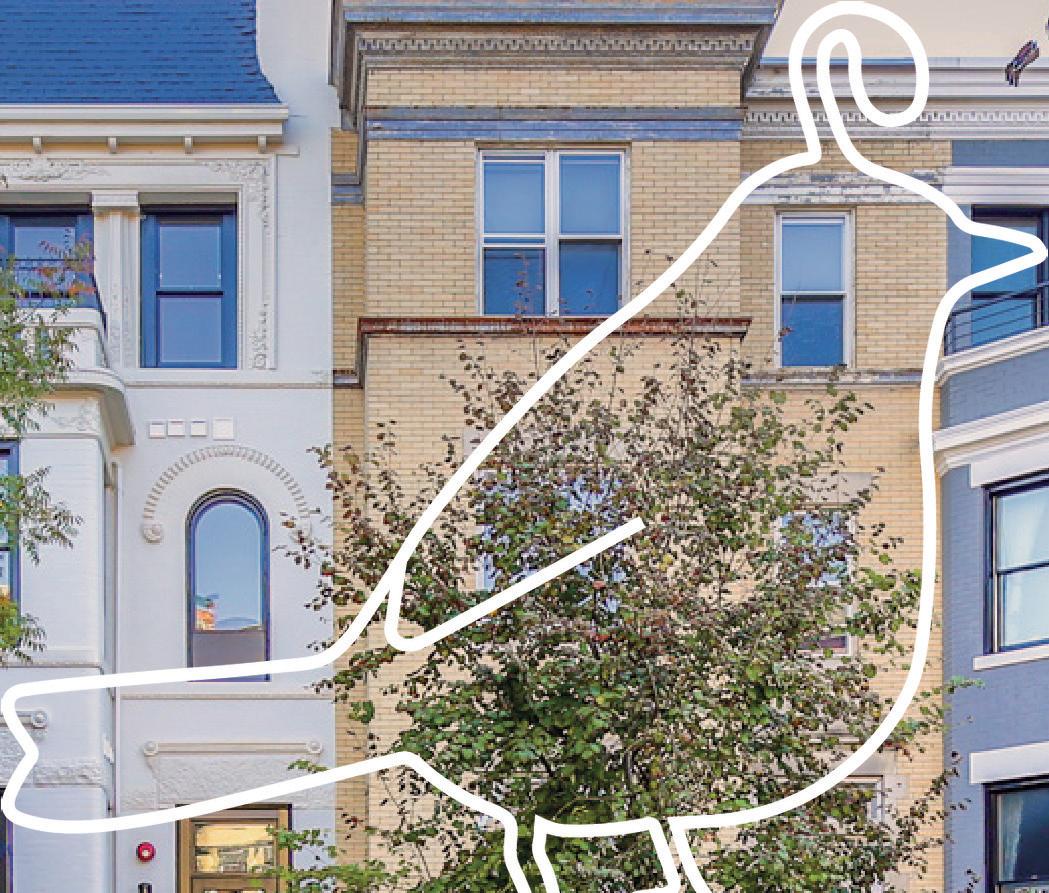

managing homes with care for 15+ years
We’re Nest DC – your local experts in DC and Maryland residential property management. We care for homes, residents, our clients, and our community. We hope you nest with us.
full-service management
marketing & leasing
in-house maintenance team
in-house legal counsel
24/7 emergency coordination

renovation advising monthly & EOY statements

By: Marc Minsker

IN THE EARLY ‘60S, A MUSIC TEACHER AT EASTERN HIGH SCHOOL, CHARLES BRANCHE, WAS TEACHING MUSIC THEORY AND LEADING EASTERN’S LARGE JAZZ BAND. BY 1962, WITH CHOIR DIRECTOR JANETTE MARTIN, THE MUSIC PROGRAM WAS BLOSSOMING.
Though little is known about Branche or Martin, what’s documented is the pride that Eastern High School has always had for its music program and band – a pride that continues to this day. A photo from 1962 shows the Eastern musicians dressed in their Sunday finest.
Sitting amidst that large group of fifty musicians is a young Joseph Tate, who had gotten the music bug when he first picked up a saxophone at Eliot Junior High School and learned to read music. When he started at Eastern in 1960, he was a proficient saxophonist who was eager to develop as a musician. By the time Tate graduated in 1963, he was an accomplished saxophonist who would go on to study at Howard University, performing in the concert band by day while also gigging around DC at night.
With his skills as an arranger and his creativity as a composer, Tate ventured into his professional career playing gigs with groups like Mickey and the Blazers, collaborating with many musicians on the jazz, R&B, and soul circuits. He also moved effortlessly into producing records for local groups whom he took under his wing, like
The Blendels and The King Cobras. The decade of 1965 to 1975 would prove to be Tate’s most productive and well-documented, but little has been written beyond that.
“Joe Tate was pretty much an everything man,” says Kevin
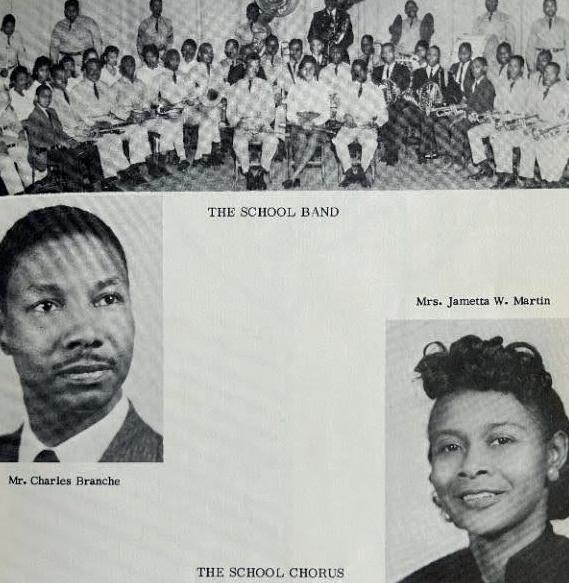
Coombe of DC Soul Recordings. “He was a musician, composer, and arranger who could transpose in his head. It was while at El-
iot Junior High that he began his musical journey. Joe wanted to play the guitar, which is what many of the kids in his Capitol Hill neighborhood played, but unfortunately, there was only an alto saxophone available for him.”
And while the saxophone would be Joe Tate’s primary instrument, he became skilled on flute, bass, and also the piano, the first instrument he’d studied with his mother. Tate’s family inspired him,
and his childhood home remained a central part of his life up until he died in 2010.
Joe Tate’s family trace their roots back to Calhoun Falls, South Carolina. According to Tate’s son Hakim, “Grandaddy Tate was from South Carolina, but my Grandwillie Tate, whose maiden name was Haynie, came from Tennessee. They met at a church revival in the south sometime in the late 1930s before they married and moved to Washington.”
Joe’s parents eventually purchased a row house at 1332 Corbin
Place NE, sometime before Joe was born in 1945. The Tate family grew to eight children, with Joe being the oldest. This house was more than a childhood home, it became the family “compound,” a safe space that Joe could return to throughout his life.
During his years at Howard and throughout the mid-1960s, Tate often used the basement of 1332 Corbin Place for rehearsals.
According to Ron Bankett, lead singer of The Blendels, “Joe would bring us to his parents’ house to use the basement space.”
In the basement, an old upright piano—belonging to Joe’s mother—could be used to work out chords and structures. Bankett is one of the last surviving members of The Blendels, and he shared the story of how the vocal group became connected with Joe Tate.
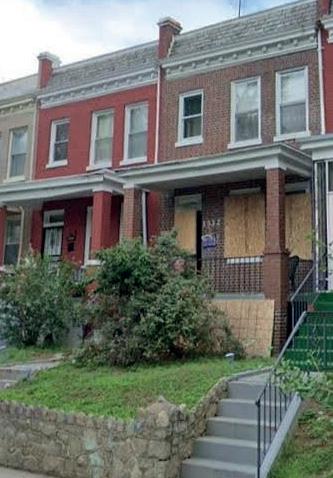
1332 Corbin Place NE, DC
“The Blendels started as a street corner group, just singing acapella until Joe Tate saw something more in us,” recalls Bankett. “He invited us to where he used to work: Bob Inn on 14th Street, NW. I used to go in and watch the cabaret act there, where Joe was the saxophonist.”
Situated at the corner of Park Road, NW, and 14th Street, Bob Inn was a popular nightclub frequented by African Americans in the early ‘60s. This establishment was a welcoming space for LGBTQ+ patrons featuring some of the earliest drag shows in DC. The Inn also featured jazz and R&B bands, including a trio that featured the multi-talented Hammond B3 organist and vocalist Sedatrious Brown with Joe Tate on sax and flute. It was here that Bankett first witnessed Joe Tate’s musical prowess on the bandstand.
very well,” remembers Bankett. “The Blendels started doing shows under the auspices of ‘Joe Tate’ and he started recording us.” The very first studio recordings The Blendels made in 1968 were arranged by Tate.
According to Kevin Coombe, Tate “worked with Captown Records owner Al Haskins to get The Blendels into a local recording
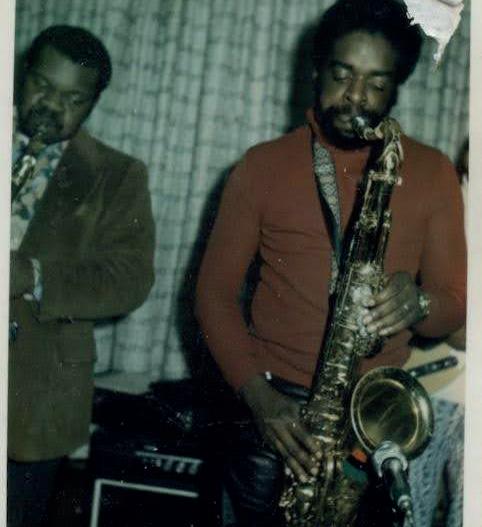
1966, Tate began working with the group, recruiting a Black singer to join the group, and eventually helping them produce a 45 –
“Thank you Baby”/”DJ Sonata”— that came out on the Sen-Town label in 1966.
According to Kevin Coombe, Tate was also instrumental in helping other bands reach the studio and he would record a few for his imprints, DePlace Records and Dontee Records. These included Rock Candy, The Contemplations, and The Summitts, who hailed from Cardozo High School. One of Tate’s biggest success stories occurred in 1972 when a group of jazz musicians found the resourc-
es to go to Track Recorders in Silver Spring to record their debut album. The band was The Soul Searchers (later of Chuck Brown fame) and the album was We The People
Vault. Also, Kevin Coombe will be releasing a comprehensive book covering DC’s early ‘60s to early ‘80s soul scene, with a chapter on Tate, whom Coombe knew and interviewed in Joe’s later years.
Though the story of Joe Tate may still be incomplete, there is hope that his legacy in DC will remain.

“One night Joe invited me on the stage to sing and that went studio.” The group’s first 45 – “Night after Night/The Love that I Needed” – was originally released on Haskins’ Captown label before it was picked up by Atlantic Records subsidiary Cotillion. Bankett recalls their record being “pretty popular here in the District.” The band enjoyed moderate success on the live circuit.
The Blendels were not the only group that Tate was promoting and ushering into the studio. Before this, Tate had connected with a group of young white musicians known as the King Cobras. In
Although Tate’s name became synonymous with DC’s dynamic music scene of DC that was slowly evolving towards go-go, Tate’s output slowed after 1975. According to Tate’s youngest son Hakim, he started a family with his wife in the late ‘70s, living in the Trinidad neighborhood. Throughout the ‘80s there were fewer gigs at clubs and Tate would often busk at Eastern Market, Dupont Circle, or Metro stations. Bankett remembers seeing him in the late ‘80s busking and was saddened by his decline, in terms of both his musical horizons and his demeanor. Mental illness challenges and drugs took a toll on Tate in his later years, though he never gave up on his saxophone. Tate was a musical treasure with a particular gift for arranging and producing. To preserve Tate’s musical legacy, his son Hakim, along with other family members, are making a valiant effort to release some of his original music, recorded under his name, on their Vault Records label. Though it took 50 years to emerge, The Blendels’ single “Joy” was recently revamped and released by
Marc Minsker is an assistant principal at Jackson-Reed High School, a radio DJ on WOWD/Takoma Radio, and a member of the local rock trio Motherfuckers JMB & Co.
A PLACE WHERE “ALL PERSONS OF EVERY RACE, COLOR, OR CREED” COULD SEE A PLAY, BALLET, MUSICAL, OR OTHER PERFORMING ART. WITH THIS CHARGE, SPOKEN BY CARTER T. BARRON, THE CARTER BARRON AMPHITHEATRE WAS ESTABLISHED IN 1950.
By: Tommy Gartman
Three years earlier, Congress had authorized a Sesquicentennial Commission to plan the celebration of Washington, DC’s 150th anniversary, with the creation of an open-air amphitheater as a cornerstone. The chosen site was in Rock Creek Park, on federal land overseen by the recently-integrated Department of the Interior. This meant that the Carter Barron Amphitheatre was—by federal law—one of the very few integrated venues in the District.
In its first few years, the venue struggled to find the right mix of programming. It wasn’t until the DC-based Feld Brothers took over programming in 1954 with their company, “Super Attractions,” that the Carter Barron Amphitheatre flourished and began to truly live up to its founding charge. The next 15 years brought seasons of musicians and acts that cemented the Carter Barron Amphitheatre as one of the preeminent venues in DC—a place for all, with offerings for all. A typical summer lineup in its early decades would have looked something like this, from 1966: a Broadway production of Peter Pan to kick things off in June, followed by Ella Fitzgerald, Duke Ellington, and Oscar Peterson to celebrate the Fourth of July.
The next week would see the Metropolitan Opera take the stage,
and then Harry Belafonte, a special three-night engagement of the Jimmy Smith Trio, Mongo Santamaria, Julian ‘Cannonball’ Ad-
derley, and the Nina Simone Trio. Closing out the season was the New York City Ballet and a special performance by the Romanian Folk Ballet. Eventually, Ella Fitzgerald became such a mainstay that seemingly no summer season was complete before she graced the stage.
“Though its five thousand seats don’t afford the income major stars and attractions command elsewhere,” wrote theater and film critic Richard L. Coe in a 1966 Washington Post article, “they choose to play the Carter Barron for the simple reason that they like it.”
That same spirit was true on the other side of the equation as well.
The Feld Brothers were said to be less interested in profiting from their operation of the amphitheater than they were in ensuring everyone could enjoy performances at a reasonable price. Tickets cost
just a few quarters, with prices peaking at about $4 in the ‘60s for the venue’s most desirable shows. They also sold a value book with ticket deals for the entire summer programming series, encouraging patrons to come back for the entire season.
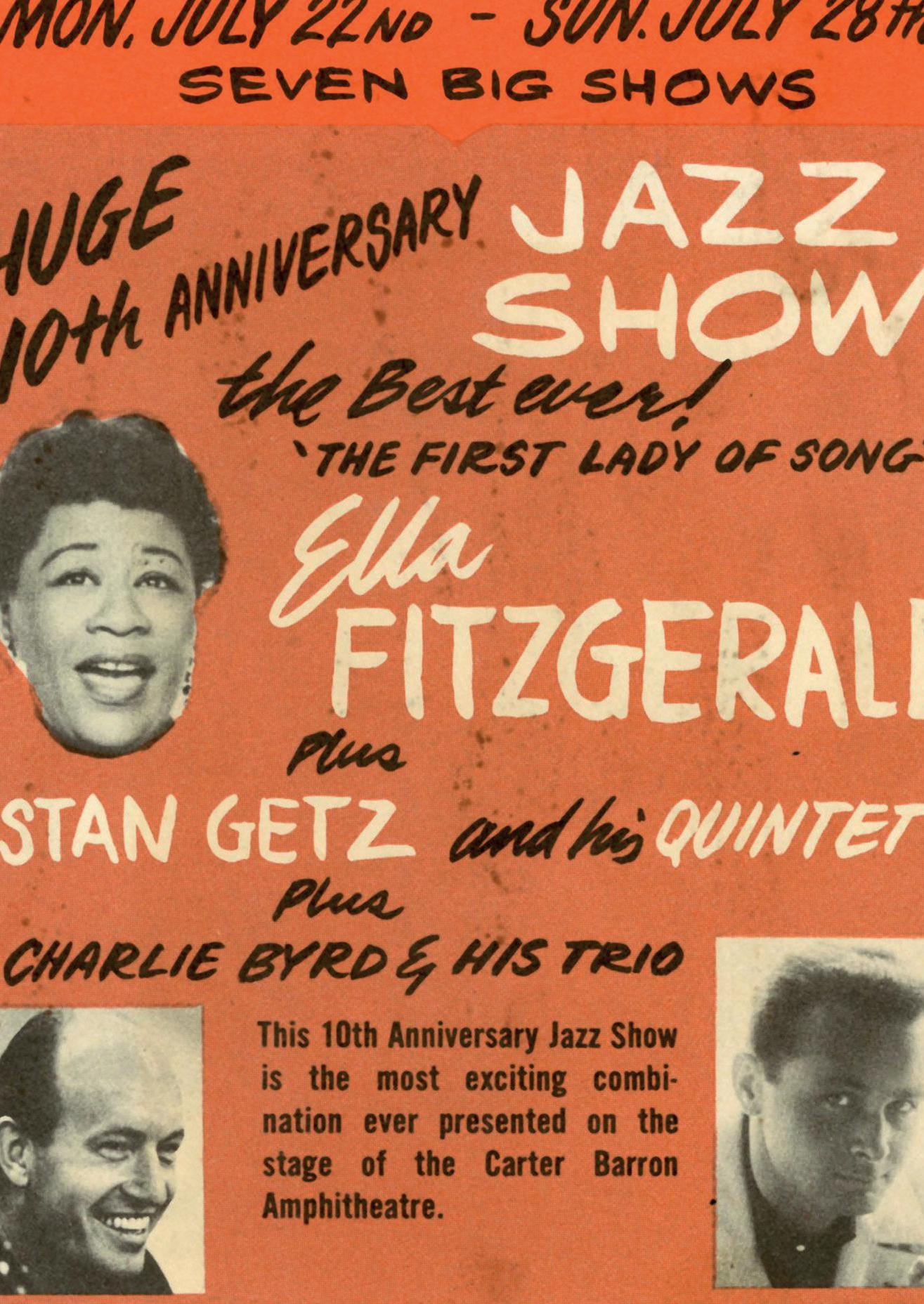
This formula of top-quality performances at some of the cheapest prices in the city made the Carter Barron nationally known and locally beloved. “You don’t need a calendar to know when summer has arrived in Washington,” Washington Post columnist Bill Gold once mused, “All you have to do is go out to Rock Creek Park and make your way to the huge natural [Carter Barron] Amphitheatre.” That was the type of gravity the Carter Barron Amphitheatre emanated during the ‘50s and early ‘60s, pulling in families, jazz enthusiasts, ballet or opera aficionados, and DC residents of every race and background. It was also an extremely popular first date spot—so much so that the amphitheater began including “Date Night” coupons in their value book, good for an adjacent seat at only $1. The Carter Barron was the type of place where kids could experience their first spark with music or dance, where first loves blossomed, and where music mingled with the thick summer air, and the sycamore and maple trees shut away the world beyond what was unfolding on that stage. Yet by the end of the ‘60s, that seemingly magic formula was changing. In 1967, the Frank Gehry-designed, 20,000seat Merriweather Post Pavilion opened just 30 minutes north of the Carter Barron, and four years later the Wolf Trap National Park for the Performing Arts opened just over the Potomac in Virginia. Almost overnight, the variety of quality programming that made the Carter Barron what it was, as well as thousands of concertgoers, were siphoned to Merriweather, Wolf Trap, or the brand new Kennedy Center on the DC waterfront.
The Carter Barron became increasingly oriented toward youth audiences and also became an important Black cultural space in the ensuing years. Jazz and soul began occupying almost every billing with acts like Dionne Warwick, Keith Harrett, and Earth, Wind,
and Fire headlining. At the same time, the Carter Barron began to struggle for the first time since its first few years of operation. Super Attractions reported losses five out of six years between 1968 and 1973 and eventually chose not to renew the operating contract with the National Park Service (NPS) in 1975 after more than 20 years, leaving the NPS to take on direct management of shows. At the same time, the media began deriding the amphitheater, with some calling it a “parking lot” and others questioning the choice to emphasize genres and artists popular among DC’s Black community.
Despite this media criticism, and the financial and logistical difficulties facing the amphitheater, both the community and the National Park Service refused to give up on it.
The seats may not have always been filled, nor was every summer season fully booked, but the Carter Barron still welcomed some of the best jazz acts over the following few decades. Herbie Hancock performed to a captivated audience, as did other luminaries like Jean Carn, Wayne Shorter, Roy Ayers, Nancy Wilson, and Stanley Turrentine. Homegrown, DMV music also had a home at the amphitheater, with Donald Byrd and the Blackbyrds, Andrew White, Plunky & Oneness, Experience Unlimited, and, of course, the great go-go godfather Chuck Brown all taking the stage.
Some have even pointed to these decades at the Carter Barron as part of the foundation for jazz’s vibrancy in DC today. “Audiences included an entire generation, or two, or even three, that grew up seeing things there,” curator, artist, and d.c. space cofounder Bill Warrell remembered in an interview for the Rock Creek Conservancy’s “Race, History, and Creek” series, “and went on to make the DC Jazz scene the richest it’s been in 20 years.”
But in 2017, summer at the Carter Barron went silent for the first time in 67 years. After a study found the stage structurally unsound, the NPS officially closed the amphitheater. Again, the community refused to give up on the beloved venue. Now, the National Park Service, the Carter Barron Alliance of the Rock Creek Conservancy, and community stakeholders are taking on a $20 million revitalization of the Carter Barron Amphitheatre.

“The Carter Barron was described to me by one community member,” Rock Creek Conservancy executive director Jeanne Braha says, “as ‘the kind of place where after a show you’d leave with 4,000 new friends’—families, grandmothers in their big hats, everyone.”
702 Kennedy ST NW, Washington DC 20011
Lois - 202.607.0970
instagram: tranqtreasuresdc
email: tranquiltreasures@hotmail.com
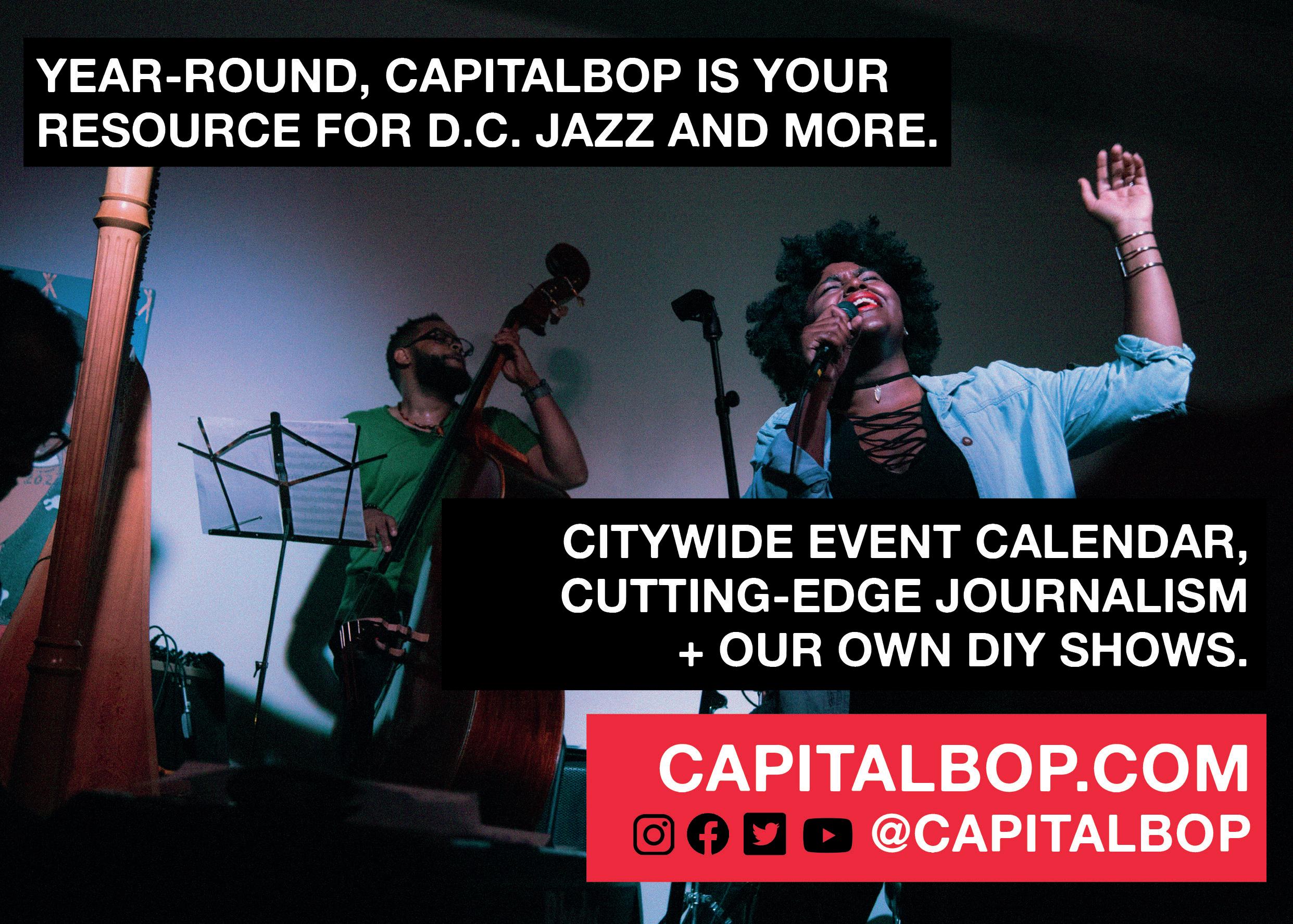
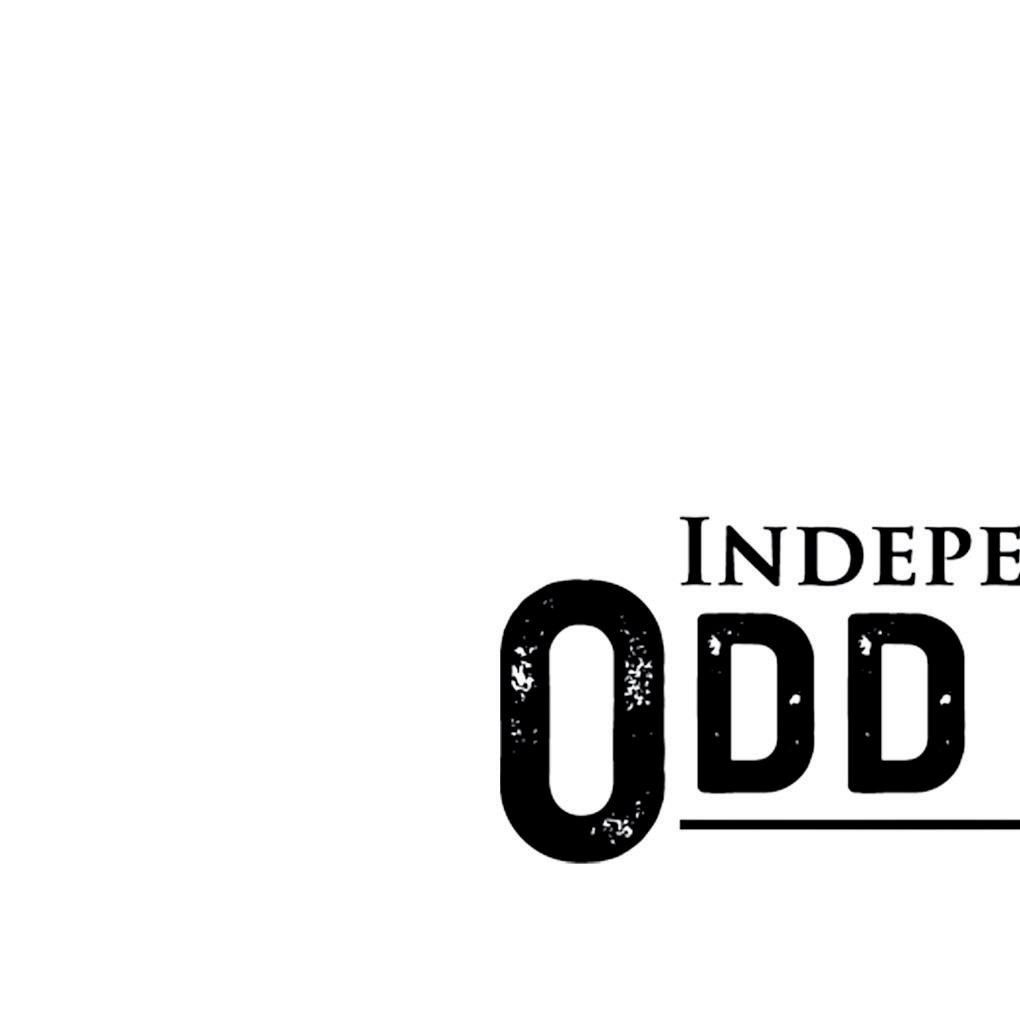


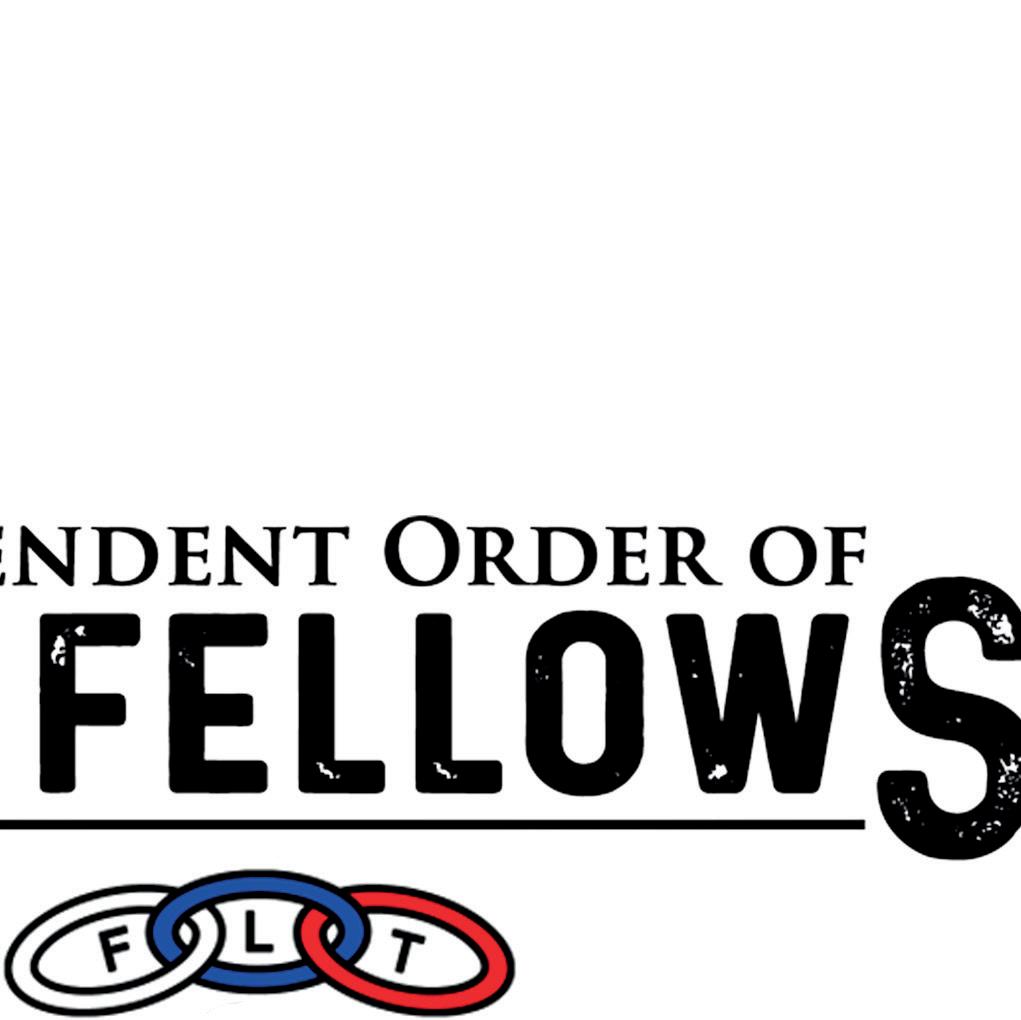


By: Caroline Klecka
LONG BEEN A POPULAR LOCATION FOR MUSIC, ART, AND FILM.
Although time has passed, what remains the same is the amount of students frequenting the bustling neighborhood. Many come from just a few blocks east, along Georgia Avenue–Howard University. Founded in 1867, Howard is one of the oldest Historically Black Colleges and Universities (HBCUs) in the country.
In 1983, Howard opened the first and only Graduate Film Program at an HBCU, to pioneer diverse storytelling in DC and beyond. Howard continues honoring the legacy of the area through several arts and humanities programs. And the school’s status in the film scene is pertinent. A 2021 study by McKinsey and Company found that just six percent of the writers, directors, and producers of films in the United States are Black.
“Howard’s history and influence as an academic institution is known [all over] the world. The film school, considering the talents it has produced, also has a legendary reputation,” says filmmaker and Assistant Professor Dr. Shah Shafiani.
For 40 years, Howard MFA Film has played a role in shaping
the independent film scene. The program earned a spot on The Hollywood Reporter’s list of best film schools in both 2021 and 2022. As for the students, a Washington Post article summarized how Howard Film “has become an incubator for people whose work with lighting, lenses, camera movement, film stocks, and visual textures has profoundly influenced contemporary cinematic grammar.” Degree completion requires two academic years of coursework, composed of film production and film studies courses. A minimum of an additional semester is required for completing one’s thesis film. The program centers on four principles: “community, culture, family, and empowerment.”
At the heart of the program, behind the cameras, are the cohorts. Each cohort’s size currently does not exceed 20 students. Given the nature of the program and coursework, each member works closely with one another on camera tech and sound projects, plus directing at least one short film each academic year.
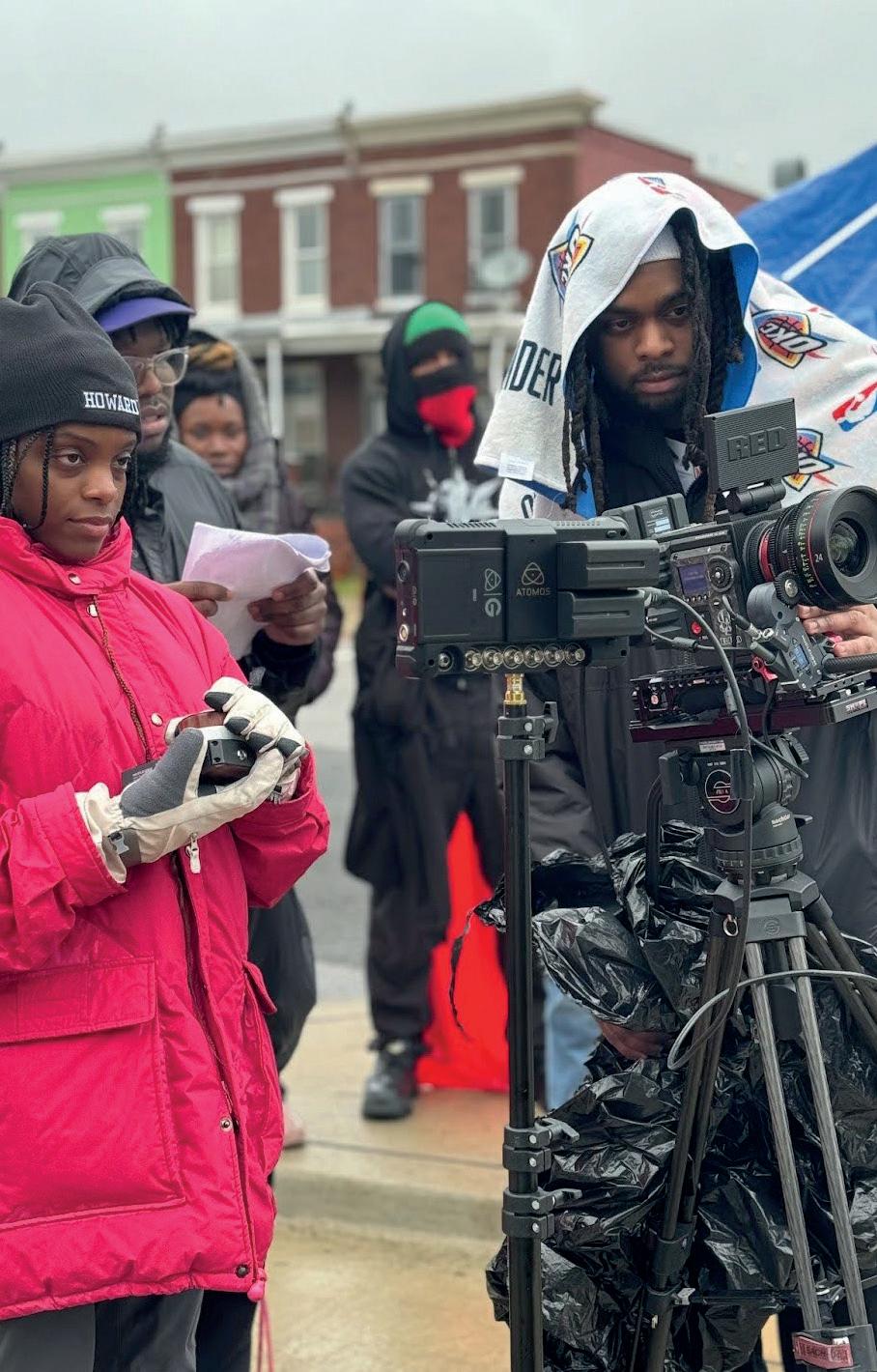
says. Howard University hosts students across the country for their newly instated HBCU First Look Film Festival. The festival brings together HBCU students and recent graduates who are creators and leaders in the film, TV, and broadcast industries.
Miles Ahead Entertainment, an award-winning women and minority-owned collective of HBCU alumni, produces the festival.
Every student has a role on each other’s sets, from production design to gaffer and more. Their film themes range from queer coming-of-age to experimental and dark comedy. “I absolutely love the structure of our program. To work so closely together in such a small, intimate group allows us to learn from each other as we grow into our creative interests,” Mcrae says.
In addition to hands-on learning within each film cohort, students also have the option to enter their projects into film festivals—a goal for many independent filmmakers. “A lot of us in the program will submit to the festival that’s here in the fall,” Murphy


Photos from @howardgradfilm Instagram feed
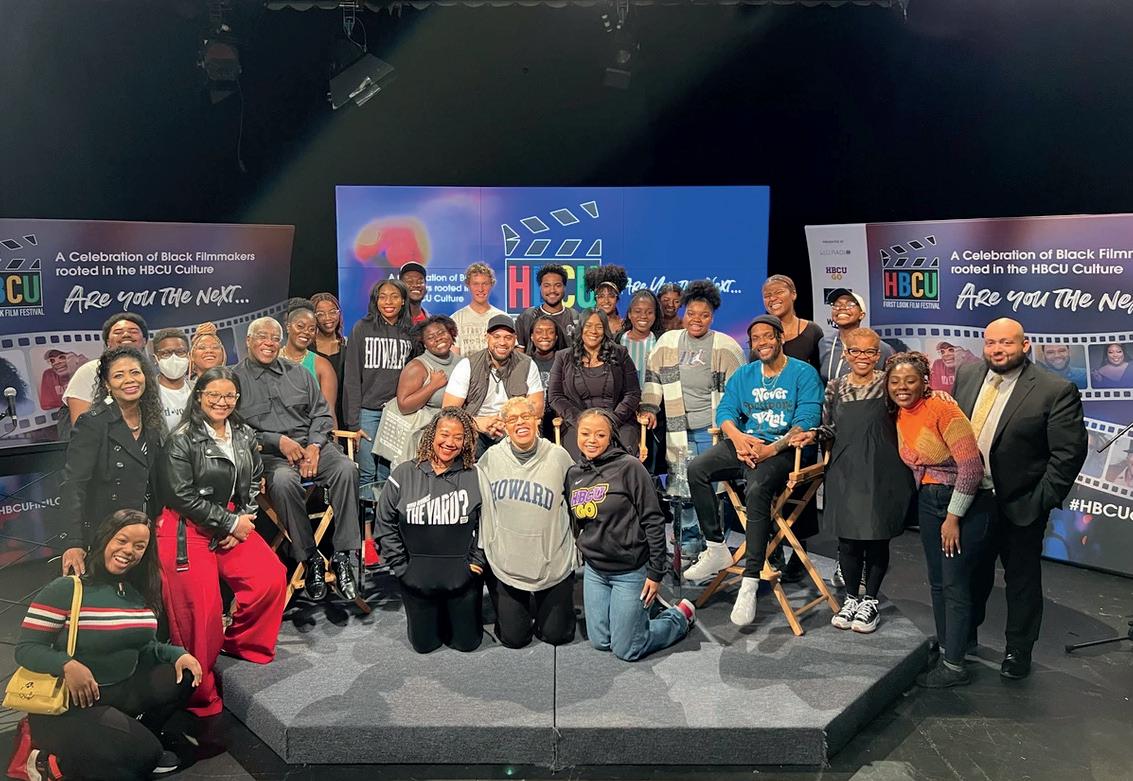
In addition to hands-on learning within each film cohort, students also have the option to enter their projects into film festivals—a goal for many independent filmmakers. “A lot of us in the program will submit to the festival that’s here in the fall,” Murphy says.
Howard University hosts students across the country for their newly instated HBCU First Look Film Festival. The festival brings together HBCU students and recent graduates who are creators and leaders in the film, TV, and broadcast industries. Miles Ahead Entertainment, an award-winning women and minority-owned collective of HBCU alumni, produces the festival.
The second annual festival will be held this November at Armour J. Blackburn University Center. Attendants in its first year included none other than former President Barack Obama and Michelle Obama, who presented Rustin— a 2023 biographical drama
produced by their company.
Howard’s undergraduate film program has also earned recognition. The Walt Disney Company announced a collaboration in 2022 with the Cathy Hughes School of Communications and Chadwick A. Boseman College of Fine Arts “to bring their creative ideas to life” through stipends of up to $25,000.
According to Murphy, Howard Film has a far reach in the professional industry, especially for filmmakers of color. “It seems that all Black filmmakers have a link to Howard University,” Murphy says. “Whether directly or indirectly, either working with or being influenced by alumni.”
Ernest Dickerson, a longtime collaborator with Spike Lee, took film classes at Howard. Dickerson’s credits include directing a season of “The Wire,” episodes of “The Walking Dead,” and as a
cinematographer on “Law and Order” and “Malcolm X.” to name just a few. Dickerson studied under Haile Gerima, an Ethiopian filmmaker and leader of the L.A. Rebellion film movement, who is known for his 1993 film Sankofa. Alumni’s achievements exceed just filmography. Alumna Jenn Nkiru directed the Grammy-winning music video “Brown Skin Girl” alongside Beyoncé in 2021. Video artist and cinematographer Arthur Jafa was director of photography on “Daughters of the Dust” —directed by Julie Dash—, the first feature film by a Black woman to be theatrically released in the U.S. Jafa has directed music videos for Solange, Kanye, and Jay-Z.
“We [first-year Howard MFA students] will be lifetime collaborators,” Mcrae says, in regards to the program’s structure and experience on sets. “I know that we can all count on one another to execute our visions as we evolve collectively and individually.”
Caroline Klecka is a freelance writer and audience engagement specialist from Baltimore, MD. She received her B.A. from the University of Maryland, Philip Merrill College of Journalism with a minor in sociology. Caroline has print and digital bylines in music, culture, and investigative journalism. Besides her passion for writing, Caroline loves outdoor activities, concerts and reading.
By: Leon Spinner
DC IS HOME TO SOME OF THE BEST RECORD SHOPS IN THE COUNTRY. NEW YORK AND LOS ANGELES MAY BE MORE POPULAR AREAS FOR MUSIC WAREHOUSES, BUT THE DC AREA IS HOME TO GREAT RECORD SHOPS. FROM A HEALTHY DEMAND FOR VINYL MUSIC, TO A GROWING COMMUNITY OF LOCAL MUSIC LOVERS. RATING RECORD SHOPS IS SUBJECTIVE, BUT THERE ARE A FEW MUST-HAVES THAT MAKE EVERY RECORD STORE SPECIAL.


JOINT CUSTODY IS A VINTAGE, SECONDHAND SHOP THAT FOCUSES ON RECORDS, BUT OPERATES AS MORE THAN A RECORD SHOP. ALTHOUGH IT HOUSES SOME OF THE BEST FINDS IN THE CITY, JOINT CUSTODY ALSO SELLS CLOTHING, TURNTABLES, VINTAGE MAGAZINES, AND EQUIPMENT. THE U STREET SHOP HAS BEEN A STAPLE IN THE VINYL MUSIC BUSINESS FOR A WHILE NOW HOLDING PRIME REAL ESTATE IN DC’S SWANKY U STREET NEIGHBORHOOD SINCE 2011.
We’ve compiled a short list of some local record stores that we recommend
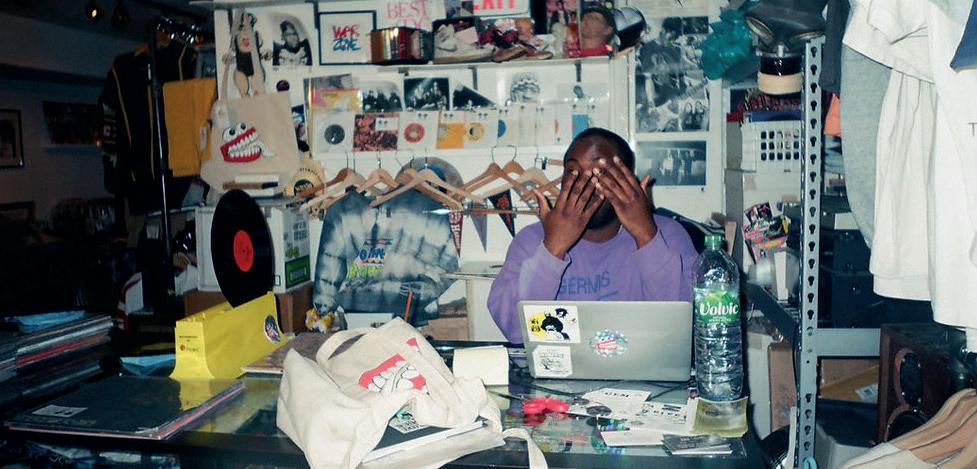
The staff at Joint Custody are extremely knowledgeable and helpful. If you ask them where to find the Alice Coltrane records they can tell you exactly where they placed the records, and maybe even a few artist recommendations on the fly. Speaking of music, there is no shortage of the tunes they have on hand. Rock, punk, metal, and jazz are a large portion of the store inventory; there’s gospel, hip-hop, and soul records, too. The space is intimate and bright. The records vary, but if you’re a holy grail hunter, you’ll want to spend some extra time—or a second or third trip—weaving through the scattered crowd to spot vintage clothing and Halloween costumes.


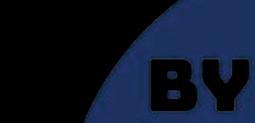


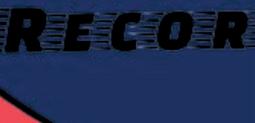



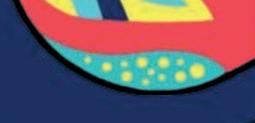








ONE OF THE MAIN THINGS THAT MAKE DC SHOPS STANDOUT IS THE CREATIVE USE OF STORE SPACE. FOR EXAMPLE, OUR HOME RECORD SHOP, HR RECORDS, RECORDS PODCAST EPISODES, HOSTS LIVE DJ EVENTS, LIVE MUSIC CONCERTS, AND MORE. WOMAN-OWNED BYRDLAND RECORDS HAS A SIMILAR SETUP.
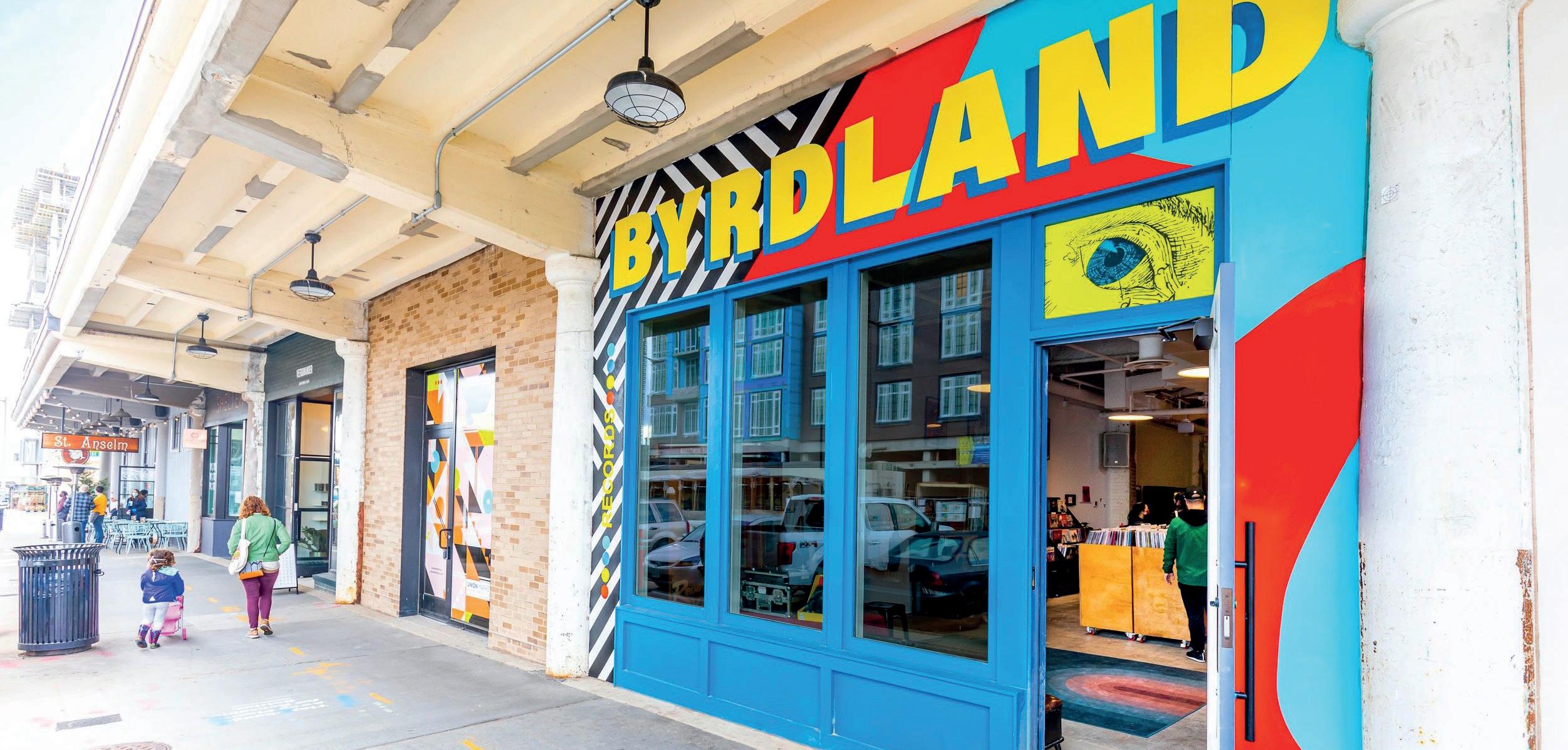
A part of another music house, Songbyrd, is a record shop, music hall and venue, and former coffee shop. Byrdland functions more as a record warehouse and an entertainment hall. This shop, located near the H Street Corridor, right by the delicious Union Market Food Hall, is a perfect place to start shopping as a beginning record collector. It houses chiefly reissued vinyl, but you won’t be surprised to stumble upon the occasional rarity here, too. The inventory is ripe with hip-hop, rock, and melodies from around the world. In the back of the shop, you’ll find some solid used records, and a space where the owners have started hosting podcast episodes and live shows for local artists. Plus, the staff are super-friendly. The vibes, the staff, and the location make this place a must-visit.
626
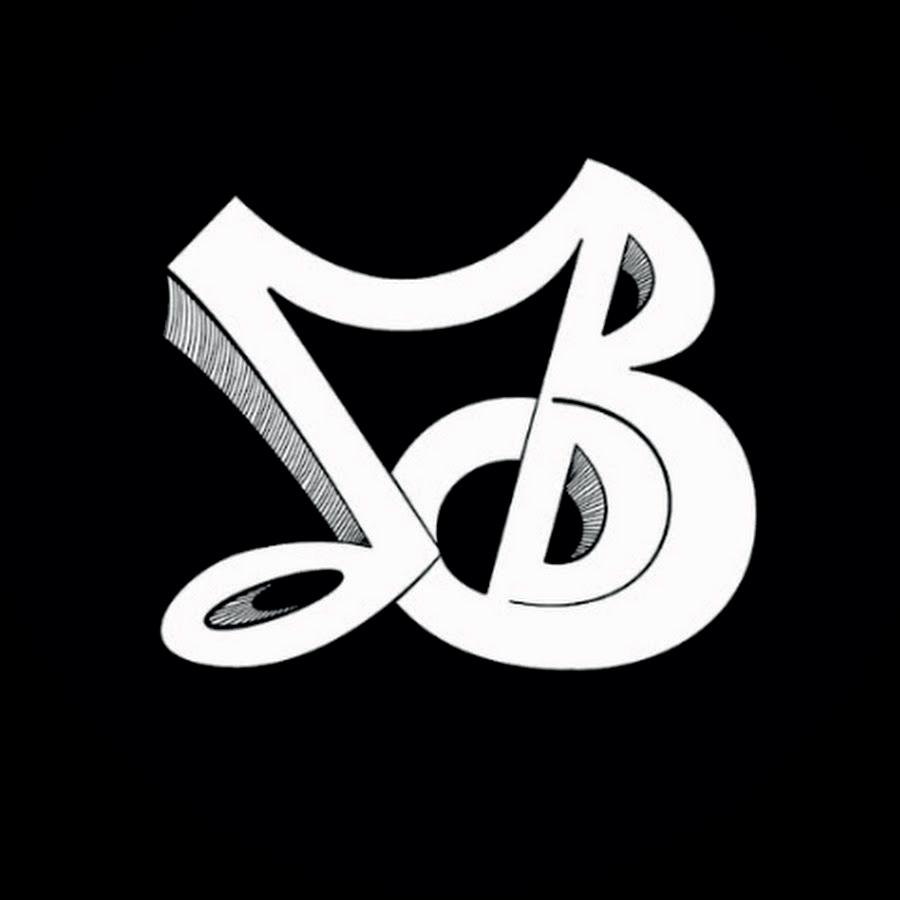
THE NEWEST OF THE ELITE RECORD SHOPS IN THE NATION’S CAPITAL, DECIBEL MUSIC OPENED IN LATE 2023, AND HAS HIT THE GROUND RUNNING WITH THE USE OF THEIR SPACE, VINYL MUSIC INVENTORY, AND THE BEAUTIFUL AESTHETIC OF THE MUCH TREASURED “VINYL WALL” THAT DECORATES THE BACK OF THE SHOP.
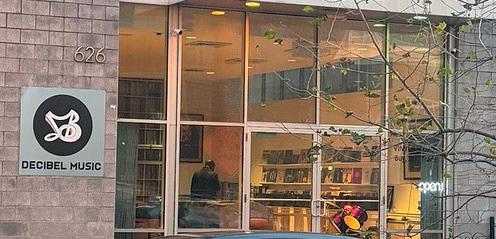
Located in the heart of uptown in the Shaw neighborhood, the owners of Decibel are serving up some incredible sounds in the bustling area surrounding the U Street corridor. Entering the shop transforms any music lover’s mood to peak curiosity about what may lie deep within the crates. You can find deep jazz cuts, and a few popular pieces. The shop houses an array of jazz, hip-hop, and rock projects, with so many genres and crates that it would take quite a bit of time to browse the entire store. The vinyl wall towers above visitors at the rear of the shop, and the living room-like area that hangs beneath makes for an excellent spot to take in all of the vibes of the venue. The space hosts live music, DJ sets, and community engagements. The shop also has a super active social media page, creating themed crate flip-through videos to assist customers in finding some of their latest heat.
By: Majeedah Johnson
THE DC JAZZ FESTIVAL (DCJF) CELEBRATES ITS 20TH ANNIVERSARY OF HONORING EXCELLENCE IN JAZZ MUSIC AND THE GENRE’S WORLD-RENOWNED AND EMERGING VISIONARIES.
The festival—held over Labor Day weekend at The Wharf— features family-friendly shows, panels with artists and music leaders, and other engaging activities for festivalgoers. This year’s lineup continues with remarkable shows including a headlining performance by Grammy award-winning singer Samara Joy—alongside D-Nice—at The Anthem. Other notable artists set to perform over the holiday weekend include Nasar Abadey and Supernova, Dianne Reeves with John Beasley, Corcoran Holt Quintet, and Amy K. Bormet Trio.
With its distinctive passion for jazz music, supporting artists’ careers, and connecting local and global communities, let’s take a look back at DC’s history as it reaches a milestone year of honoring jazz—and beyond—in the nation’s capital.
The DCJF, initially coined as the Duke Ellington Jazz Festival, was founded in 2004 by accomplished jazz producer Charles Fishman and his wife, attorney Stephanie Peters. Fishman–Dizzy Gillespie’s former manager and producer, traveled the world with
Gillespie and other artists–recognized a need for both DC and jazz music.
In an interview with District Dish, Fishman spoke about the festival’s origins, “There were jazz festivals all over the world and we realized that we don’t have a jazz festival [in DC]. What jazz does is it is representative of the inherent values of what this country stands for: democracy, freedom of expression, diversity, and unity … without imposing on individuality.”
In 2004, Fishman and Peters held a jazz concert gala at the Lincoln Theatre on U Street—a hub for jazz music and music history.
U Street Corridor holds a rich legacy having witnessed performances by some of the genre’s most influential artists—including DC native and multi-hyphenate global artist Duke Ellington.
The First Annual Duke Ellington Jazz Festival was held in 2005 where more than 30,000 concertgoers attended performances from
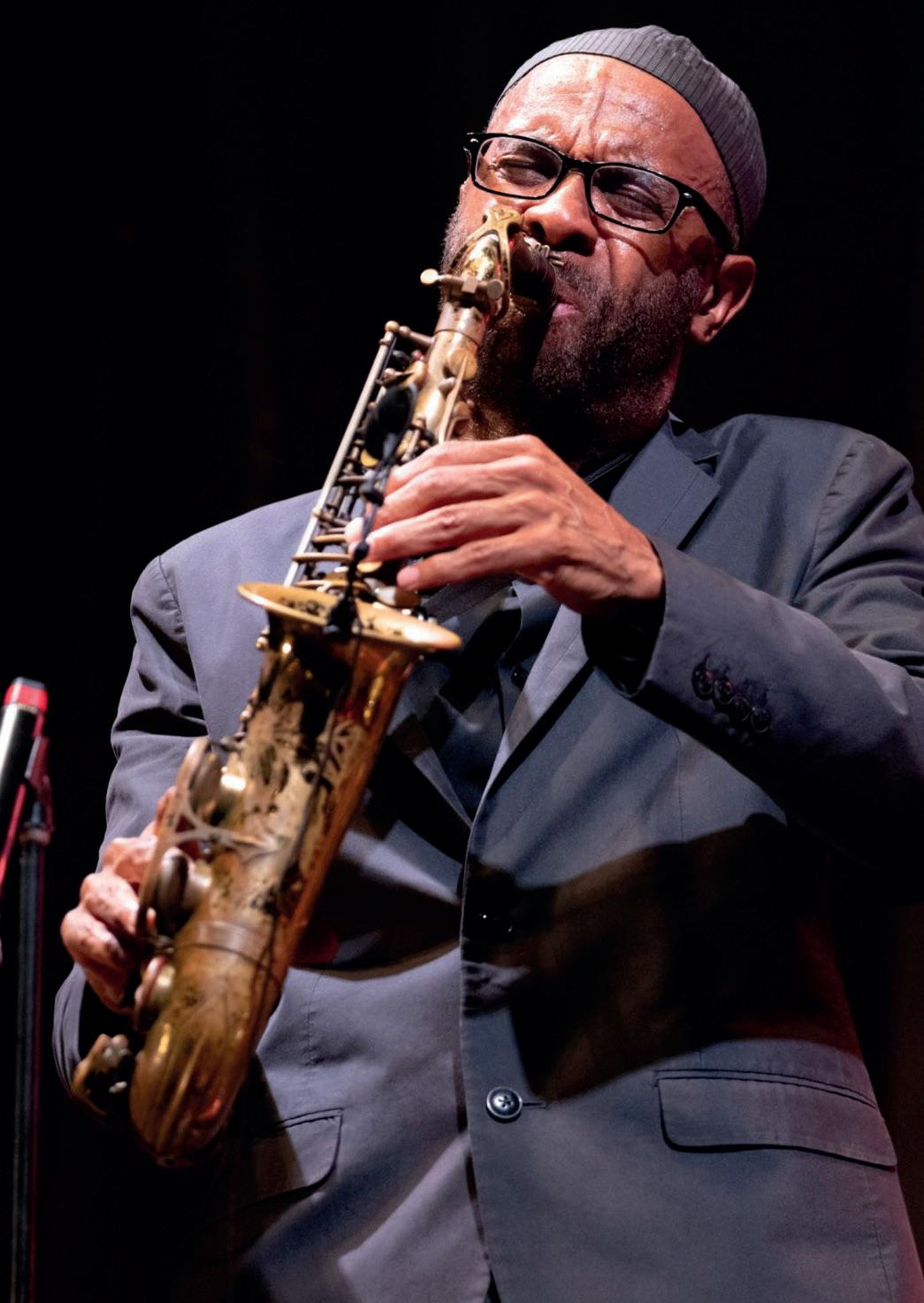













We’re a proud partner of the Home Rule Music and Film Preservation Foundation in support of the 3rd Annual Home Rule Music Festival.
The preservation of DC music and film through performance, education and advocacy by our nonprofit partner is vitally important to District of Columbia residents and the constituents we serve.
Since its inception in 1982, the DC Lottery has contributed over $2.3 billion to the District of Columbia. Our e orts have catalyzed economic growth in DC while also supporting advancements in government, education, public housing, parks and recreation, and public safety initiatives. dclottery.com

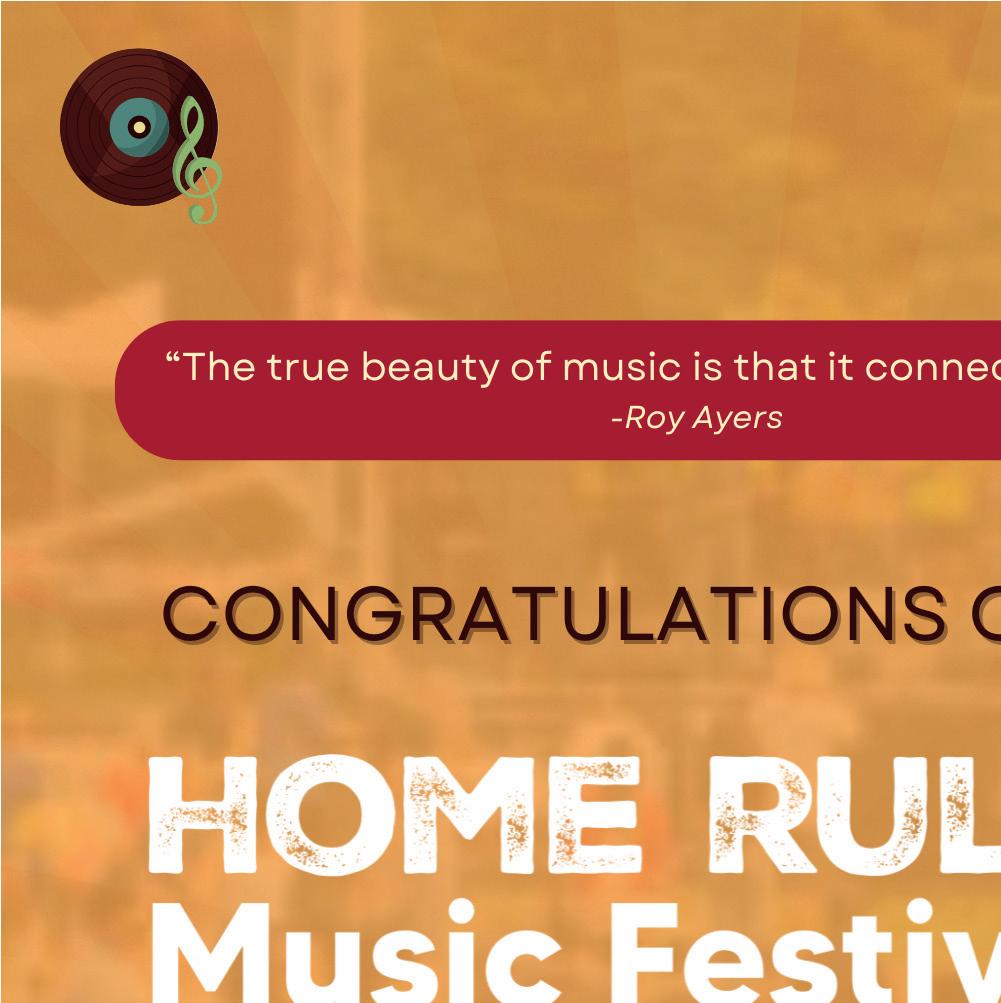
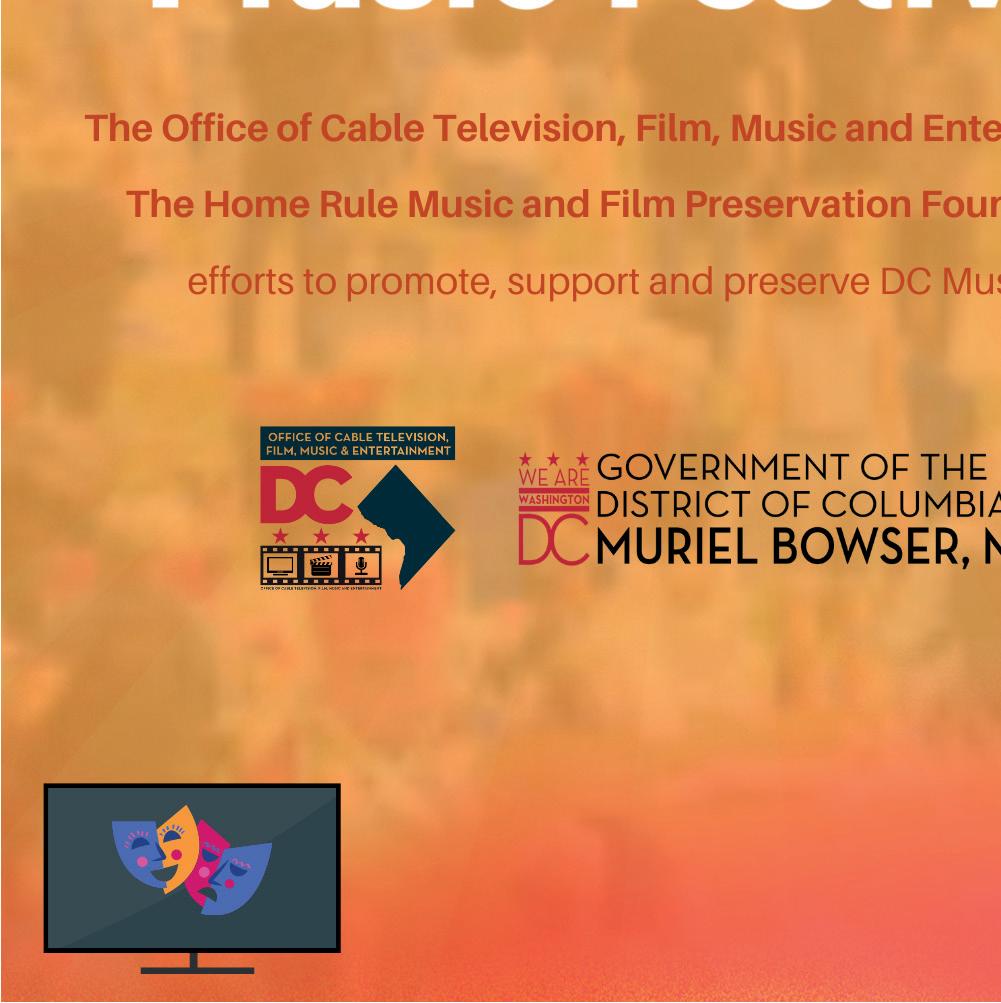

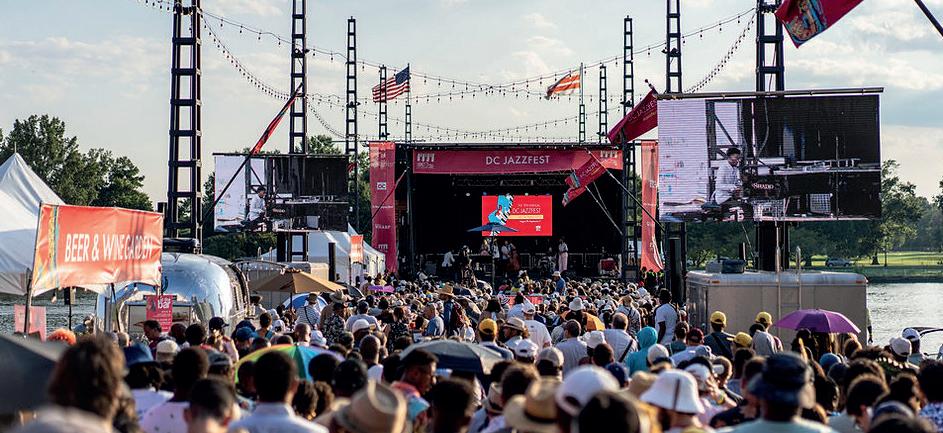
jazz masters including Dave Brubeck, Wayne Shorter, Chico O’Farrill Afro-Cuban Jazz Orchestra, and Wallace Roney Sextet. During that inaugural weekend, programmed events were held at venues including the Kennedy Center and Sylvan Amphitheatre on The National Mall. The mostly free performances supported engagement, inclusivity, and participation throughout the community. In 2010, the festival’s name was changed to the DC Jazz Festival. Fishman noted, “If you say Duke Ellington Jazz Festival, it could be anywhere. We felt it important to brand our city as the nation’s capital. We do get a lot of support from the city, so we changed the name.”
Aaron Goldberg, Orrin Evans, Regina Carter, and José James.
Amy K. Bormet, pianist-vocalist-composer and a Howard University alum, reflected on the connections and opportunities that the festival provides, “DC really comes out. They do a lot to support local music. Artists that are living in DC are always performing at the festival. It’s a great mix of different types of music—with people from DC and people from outside the DC area—a lot of cool collaborations end up happening in those spaces.”
Over the years, the festival has featured memorable performances by jazz impresarios including Gregory Porter, Christian McBride and Inside Straight, the Mambo Legends Orchestra, Donvonte McCoy, Cindy Blackman Santana Band, Davey Yarborough, Corrine Bailey Ray, Lalah Hathaway, EJ Strickland, Robert Glasper Experiment, Kenny Garrett, Hailu Mergia, Joshua Redman Quartet with
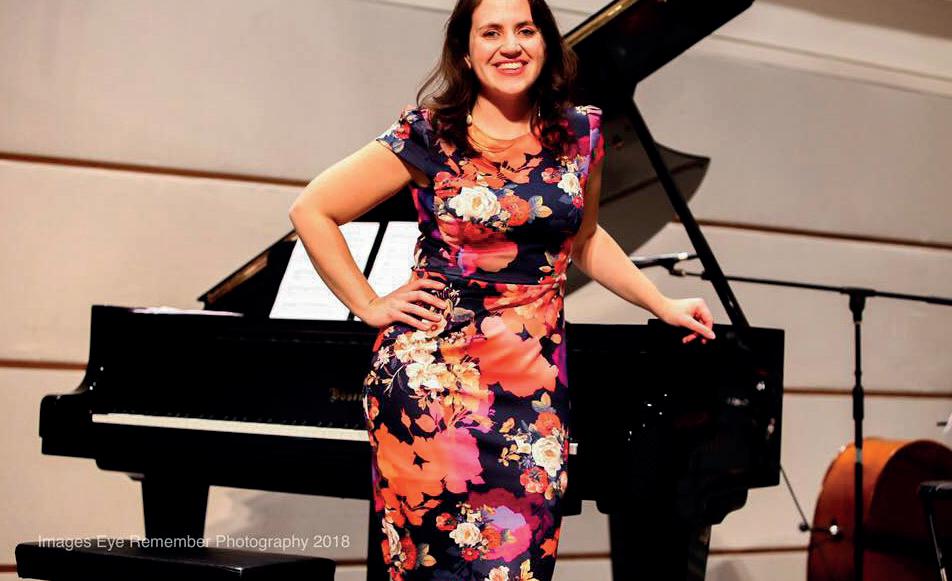
DCJF President and CEO Sunny Sumter—along with her team including a knowledgeable and established Board of Directors— supports cultural and educational initiatives toward a mission of celebrating and promoting global jazz across diverse communities. Sumter, a native Washingtonian and jazz vocalist, is a tenured and award-winning member of the jazz community. Combined with her performance experience, directorial leadership, and the gift of fundraising and dynamic partnerships, Sumter leads with a signature ability to translate and deliver initiatives that serve artists and their creative endeavors.
In an interview with CapitalBop, Sumter shared, “When you bring musicians to the bandstand and when they come together and make music together by listening to each other, they are responding to what they heard. They’re having this conversation that’s inviting to the audience … You are producing opportunities for people to walk away changed and inspired.”
As a nonprofit service organization, the DCJF utilizes funding and donor support, for its five central programs which host community activities, international artists and concert series, and champion awards for developing talent. Among their offerings, the Jazzin’
InSchool program teaches elementary-aged students about global music art forms. With free or affordable programming students and jazz enthusiasts from varying socioeconomic backgrounds can learn more about jazz. DCJazzPrix, one of the DCJF’s hallmark programs—held annually since 2016—is an international band competition that showcases and awards young and emerging bands. Competing for a top prize of $15,000, career training, and other resources, bands showcase their cohesive performances while interpreting elements of jazz through imaginative concepts.

Over the years, awardees include the New Jazz Underground (2023), the Julieta Eugenio Trio (2022), Dayramir Gonzalez and Giveton Gelin (2021), Elijah Jamal Balbed (2020), Ernest Turner Trio (2019), Kris Funn and his group Corner Store (2018), AMP Trio featuring Tahira Clayton, and the New Century Jazz Quintet (2016). Such opportunities allow for increased visibility and support for artists’ careers and new opportunities.
Elijah Balbed, saxophonist-educator-composer, and his EJB Quartet won the 2020 DC Jazz Prix Competition. Balbed, who’s participated and performed at the festival throughout its 20-year journey, reflected on a life-changing experience in 2005 when he heard Wayne Shorter’s Quartet (Wayne Shorter, John Patitucci, Brian Blade, and Danilo Pérez) perform, “To see that ensemble and how interactive, joyful, and free they were impacted the way that I led my bands from then on.”
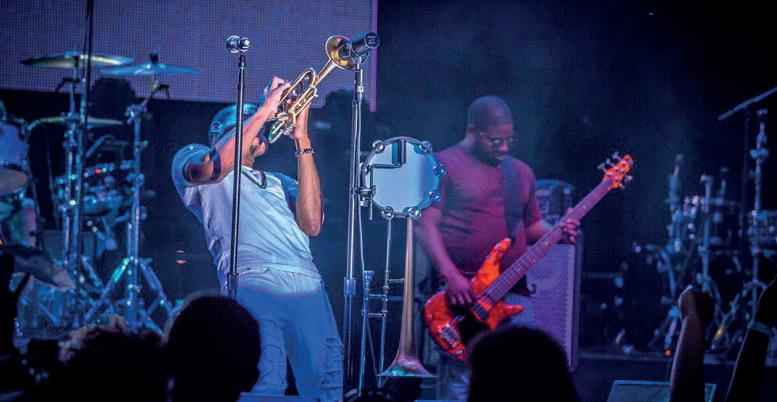
Rock Creek Park houses a spectacular 4,000 seat, outdoor amphitheater that, until 2017, brought the Washington DC community together to celebrate the confluence of urban outdoors, wilderness, and the performing arts. Acts have included Diana Ross, Earth, Wind & Fire, Stevie Wonder, and Bruce Springsteen. It is a great loss to the community that this jewel in America’s capital has set empty for five years.
In 2015, the DCJF was named among the 50 essential festivals in the country. Partnerships with local businesses, retail shops, and restaurants promote economic impacts and support tourism. As it continues to evolve, the DC JazzFest has secured itself as a significant destination for jazz. To date, more than 1.6 million people have engaged with the DC JazzFest including in-person and virtual concertgoers.
This year marks several magnificent celebrations including the 125th anniversary of Duke Ellington’s legacy. The past year, the Washington region, and music communities around the globe celebrated Ellington’s legacy of exploring jazz and establishing an institution of jazz that shaped the world. This year’s DC Jazz Festival performers continue Ellington’s legacy of exploring new terrains in music and expression, establishing partnerships that influence the genre and introduce new audiences to jazz music. The DCJF honors the undeniable legacy of jazz music as an essential part of world history and culture.
Majeedah Johnson is a blogger, songwriter, and multimedia storyteller. She is the author of the mystery novel, Jump the River. Her work has appeared in CapitalBop and Home Rule Magazine. She graduated from Loyola University with a bachelor’s degree in Biological Science. In her spare time, she builds puppets and performs science-based songs for children. Reach her at shebefearless@gmail.com. Follow her @SuchnSuch_Experiment
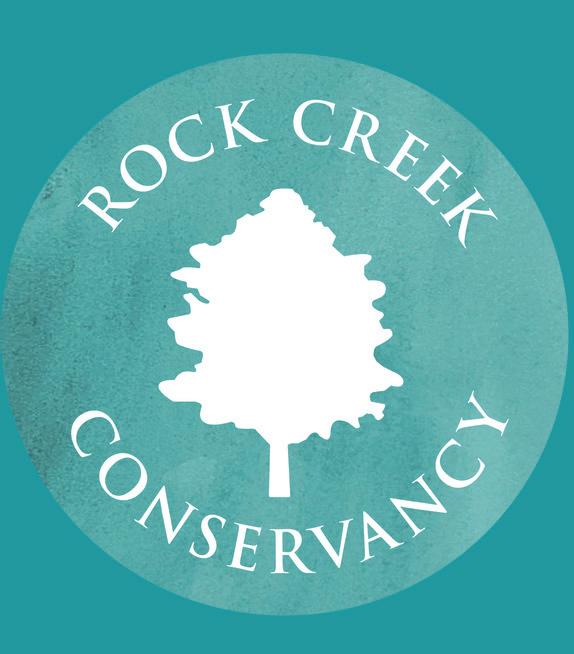

A reopened amphitheater will provide an introduction to nature, Rock Creek Park, and the National Park Service for all to enjoy. NPS has restarted the schematic design process, thanks to funds made available by the National Park Service and philanthropic support from the National Park Foundation and Rock Creek Conservancy. Let’s reopen the Carter Barron for America’s 250th birthday in 2026!
The Carter Barron Alliance is a network of arts, parks, historic preservation, philanthropic, and community groups that are working together to support the revitalization of the Amphitheater.
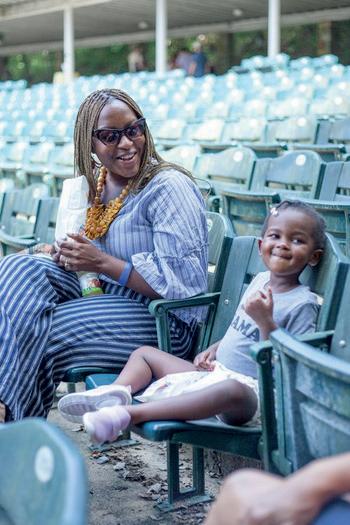





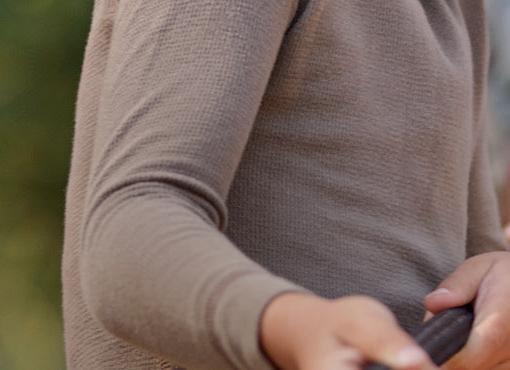

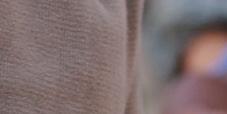
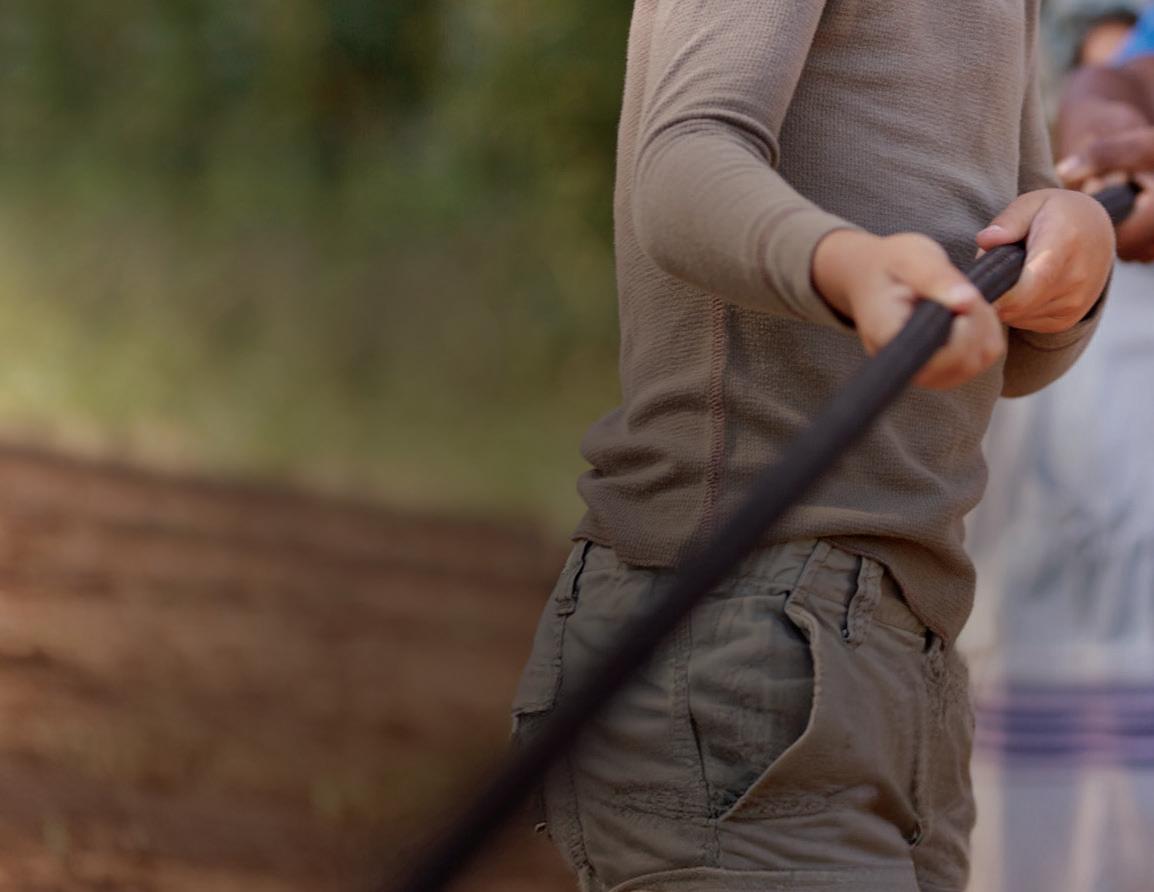
Our experienced primary care providers offer personalized care and support to keep you - and your little ones - strong and healthy.

Our primary care practices offer:
• Same and next day appointments (select services)
• Virtual visits
• On-site bloodwork
• Health education
• After-hours on-call provider (weekends too)
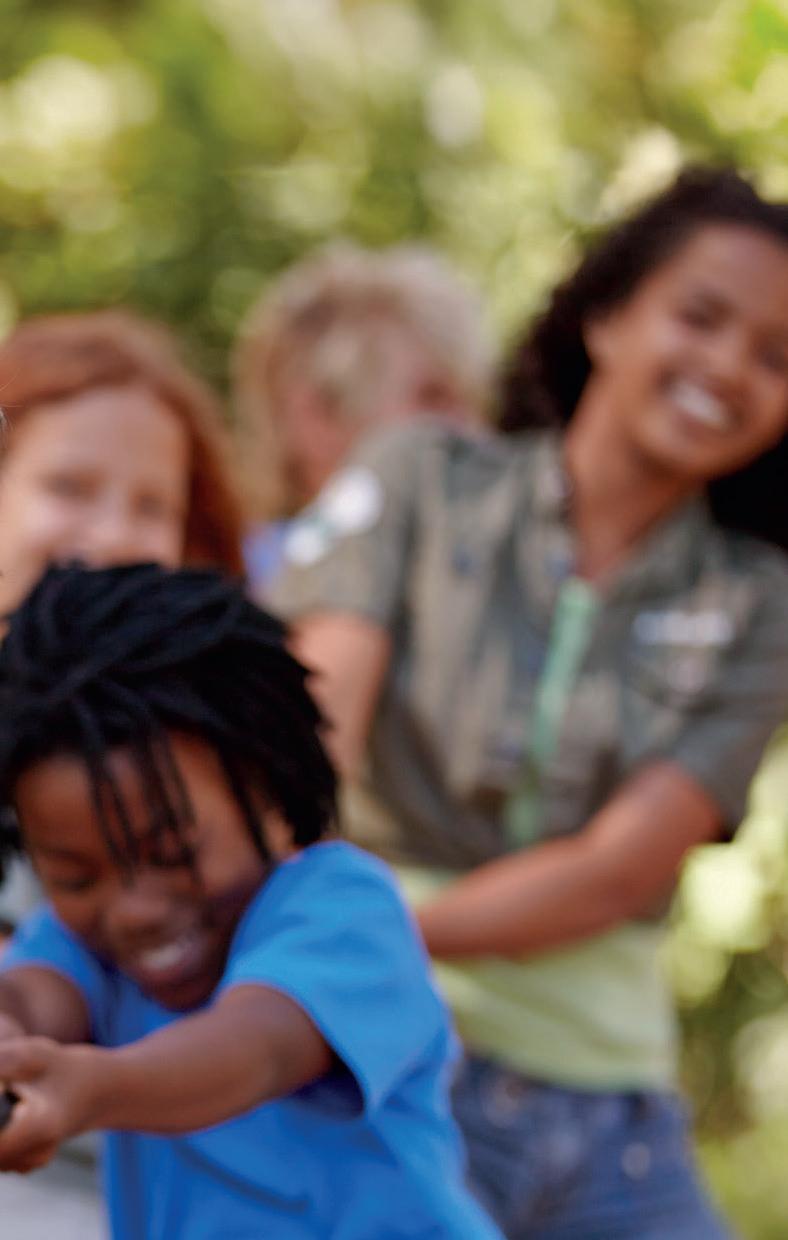
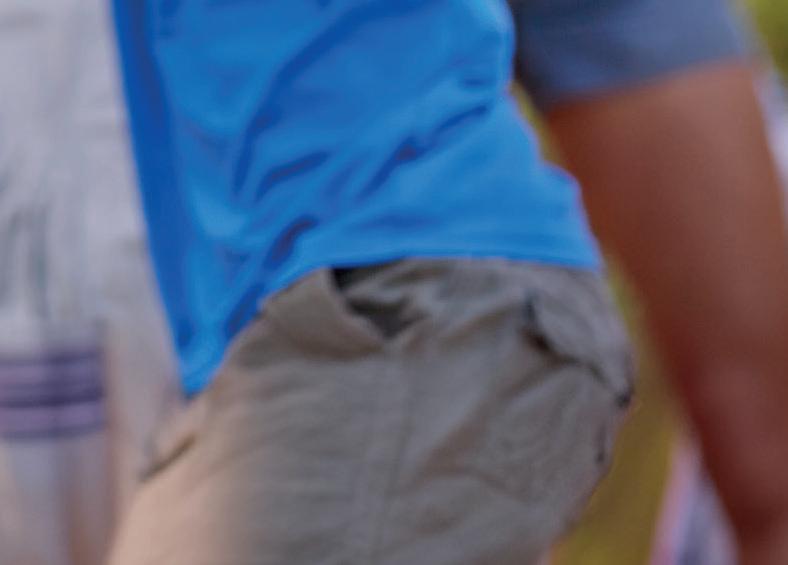
IT’S YOUR MOVE. LET’S MAKE IT HAPPEN. Make an appointment today.
